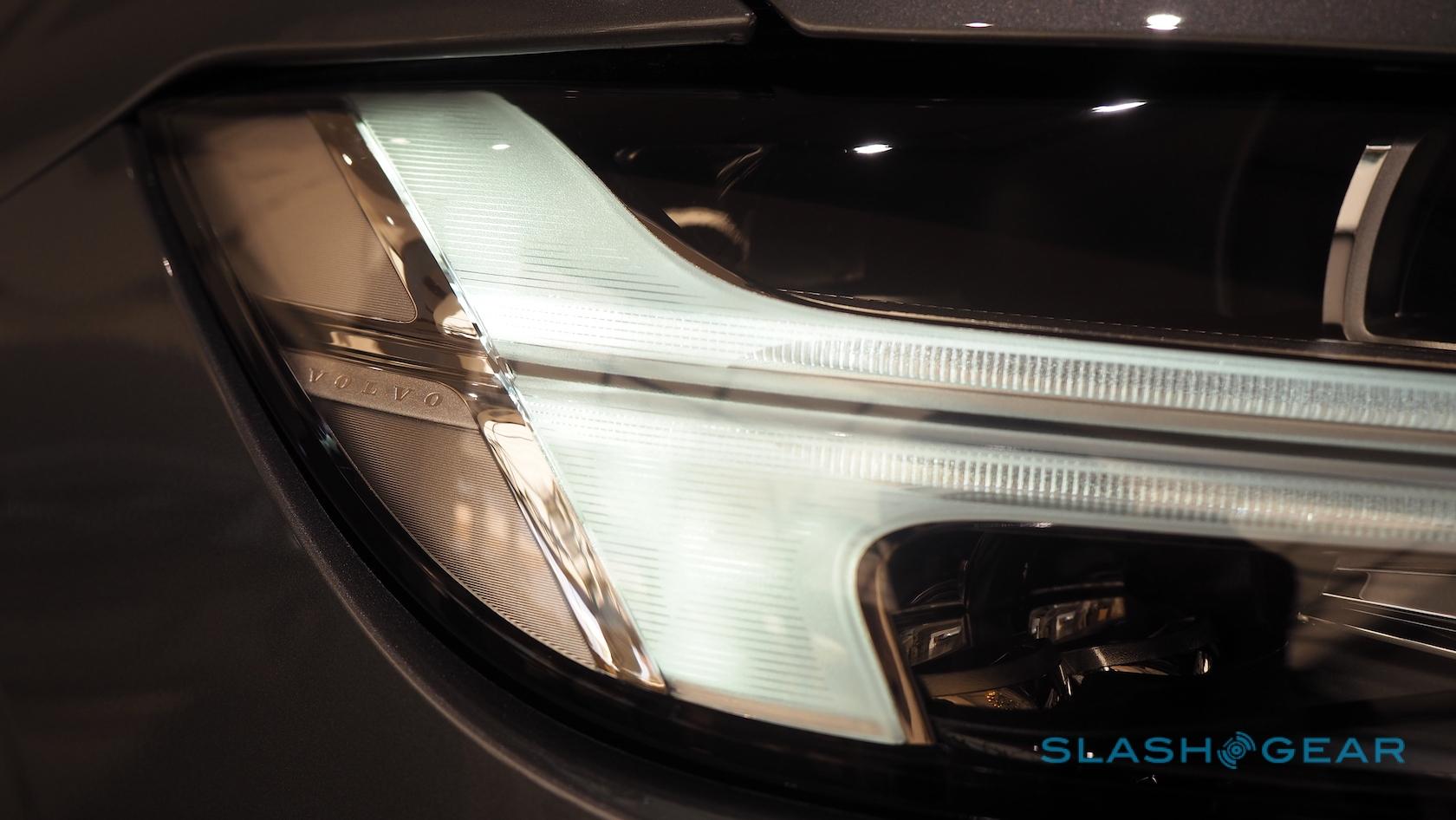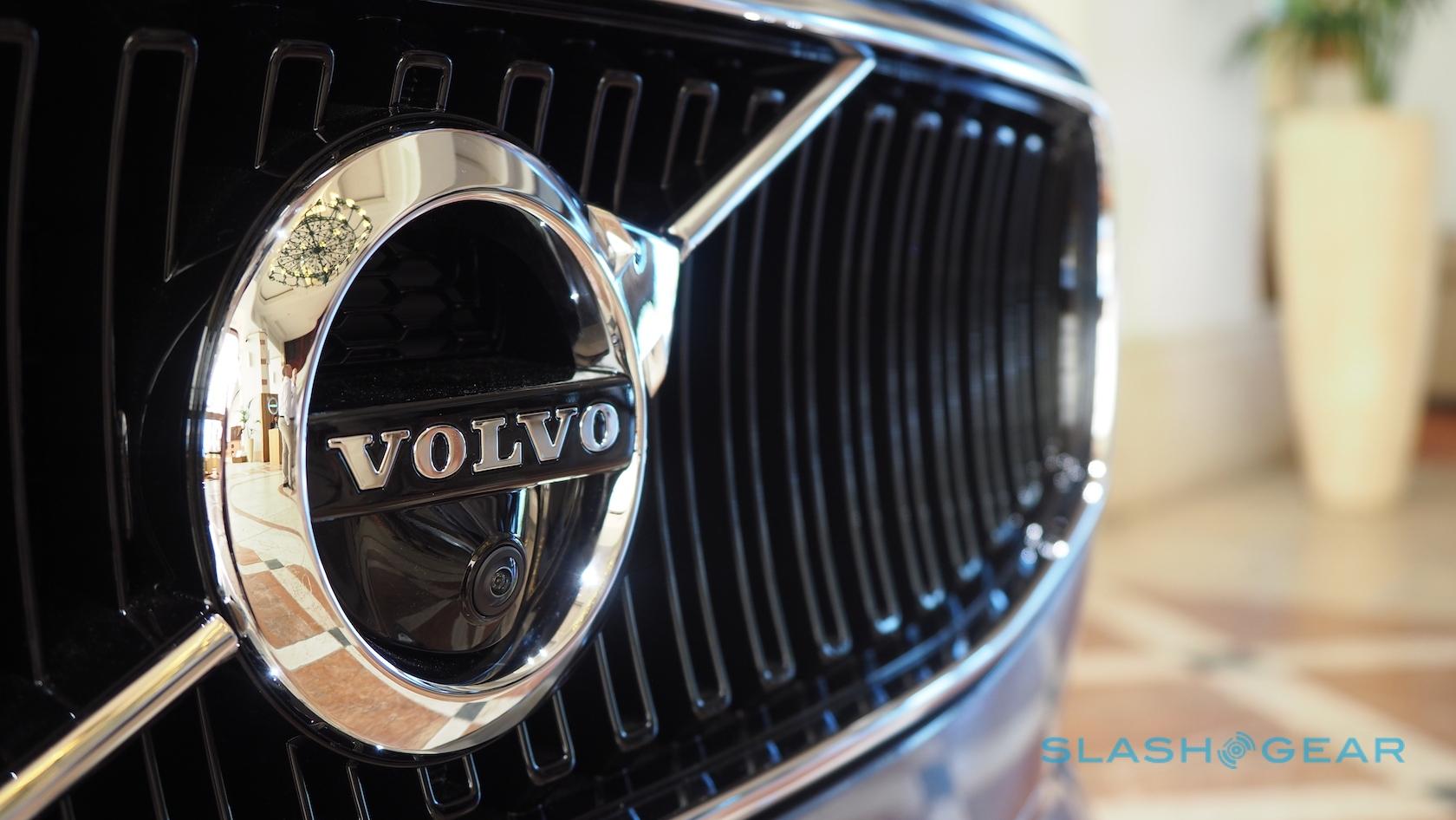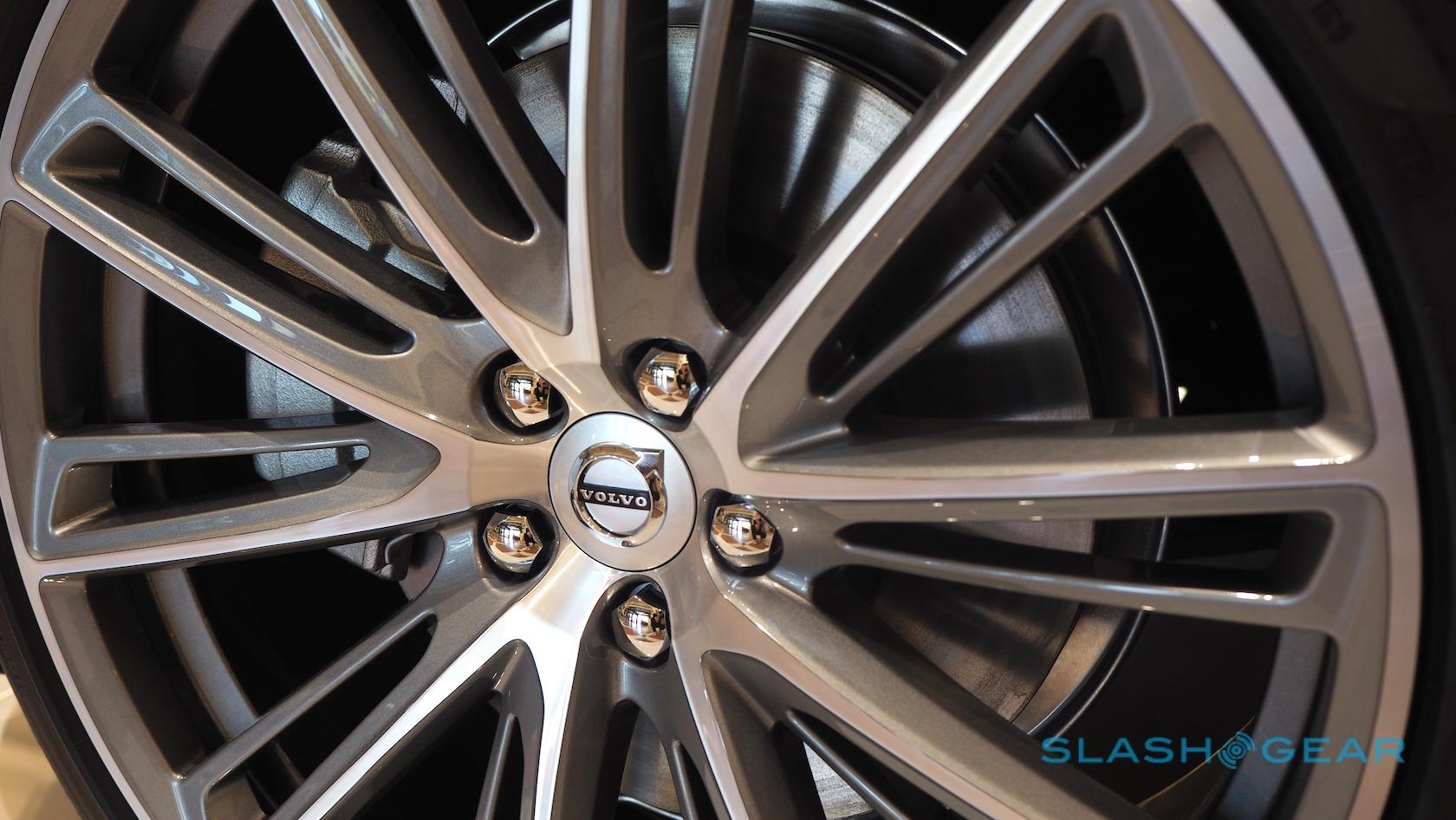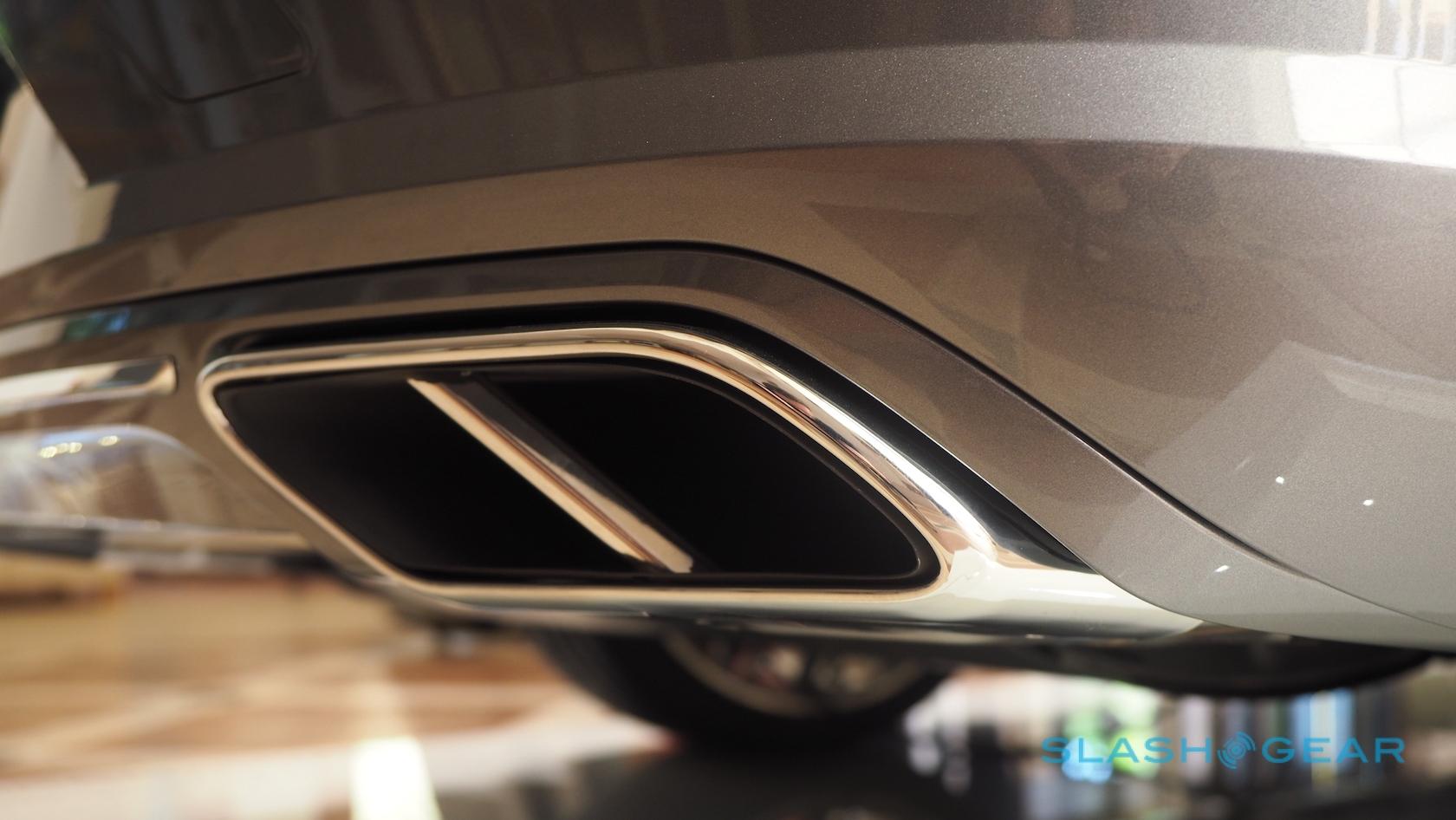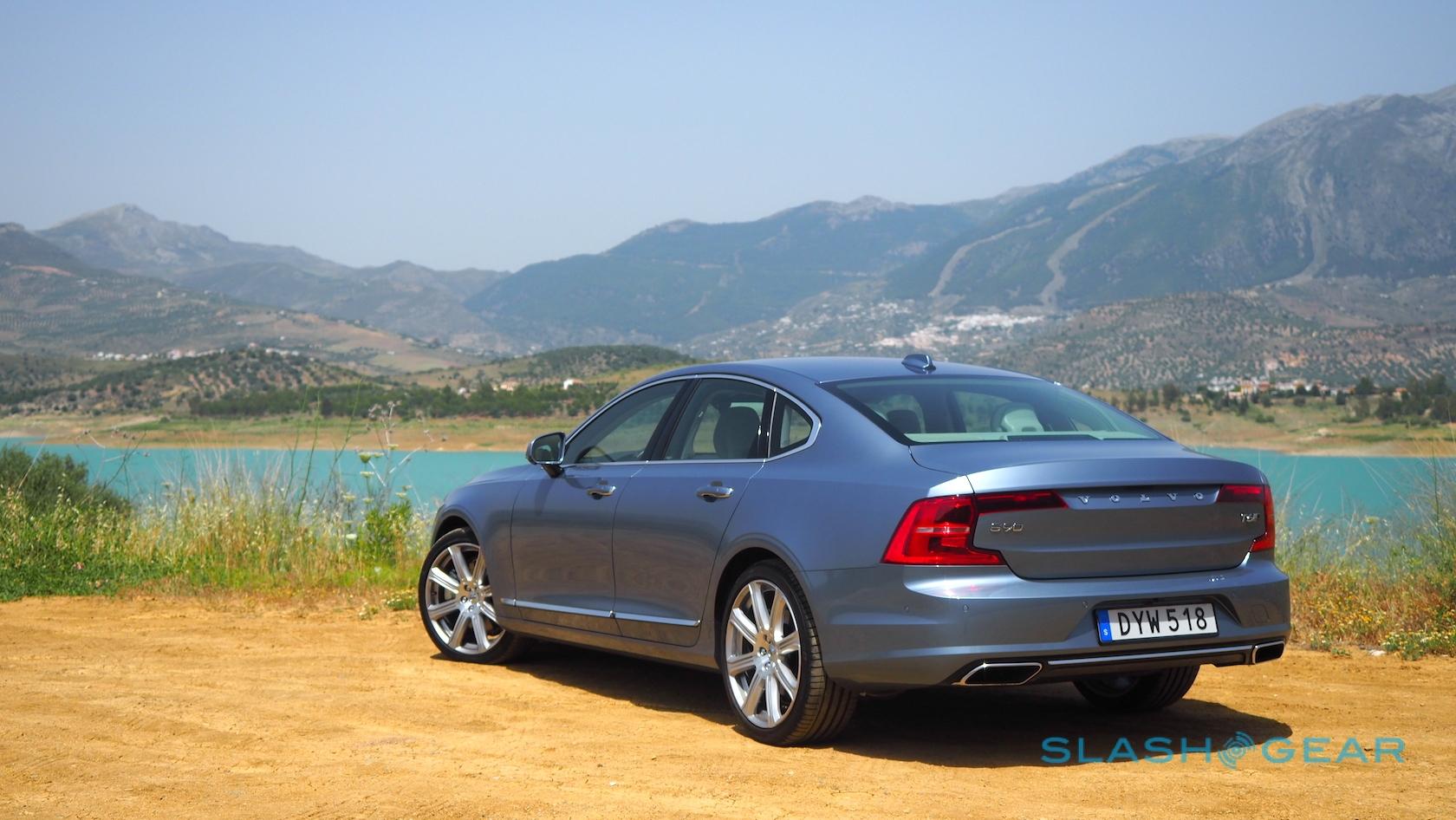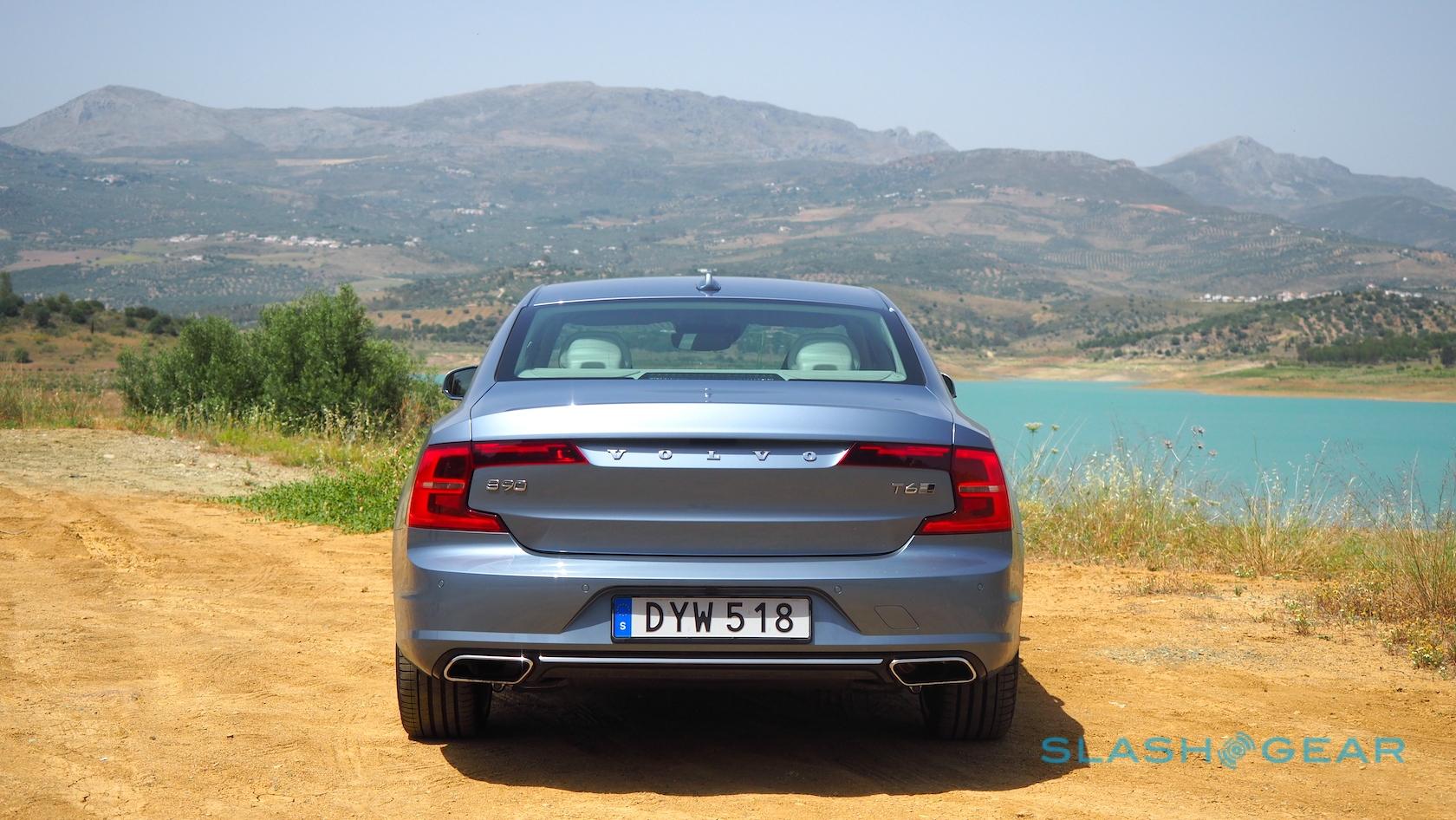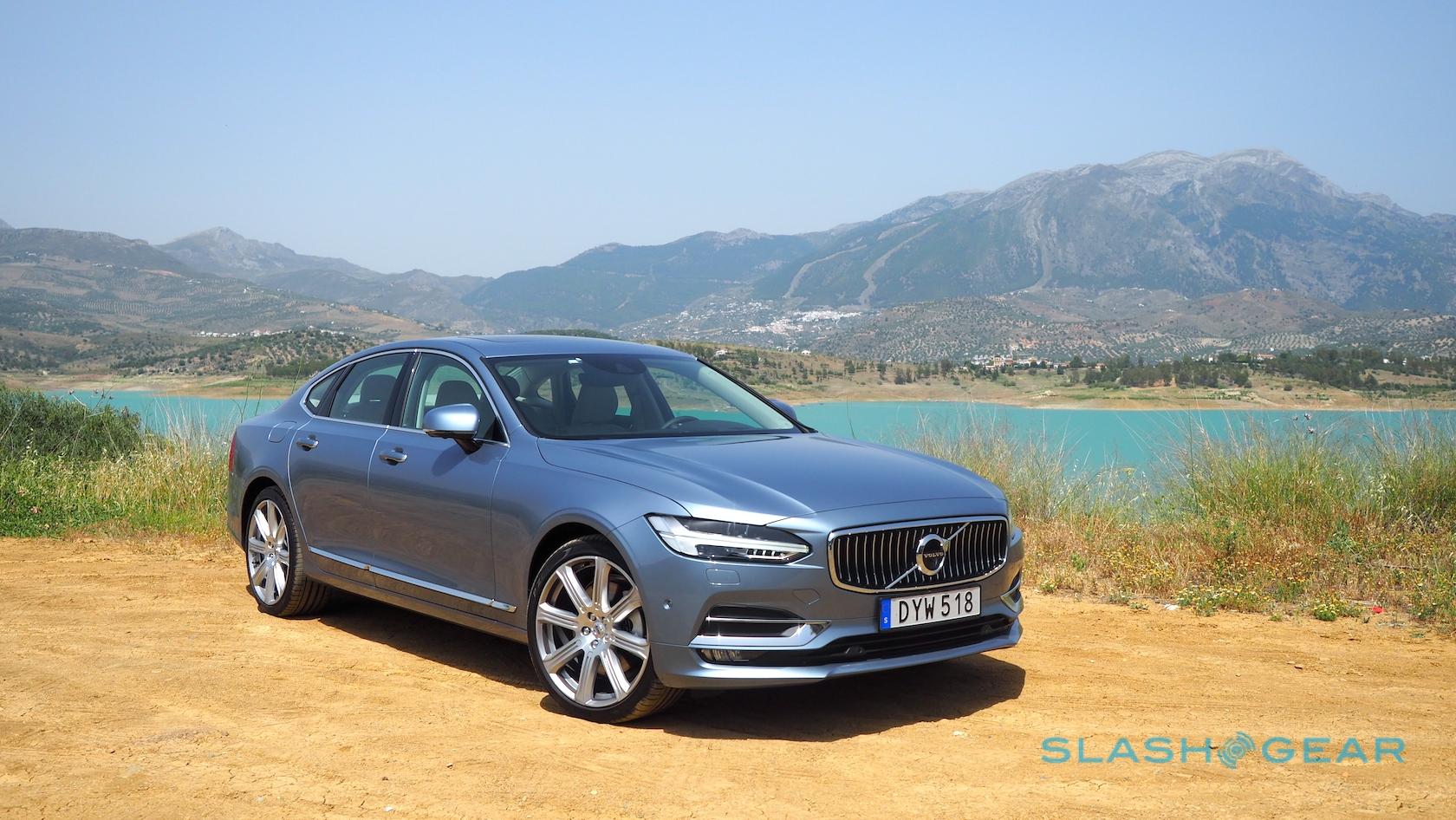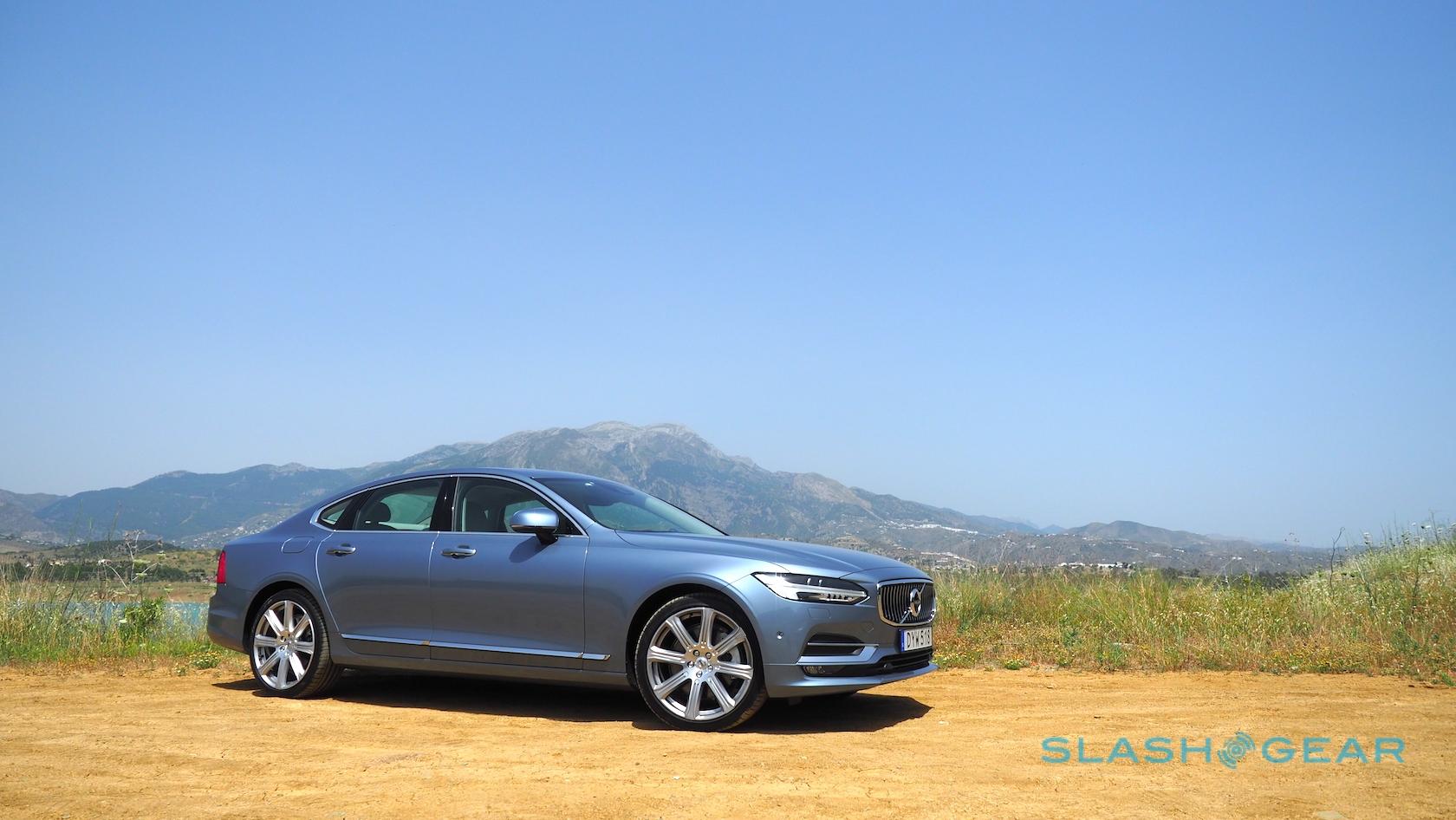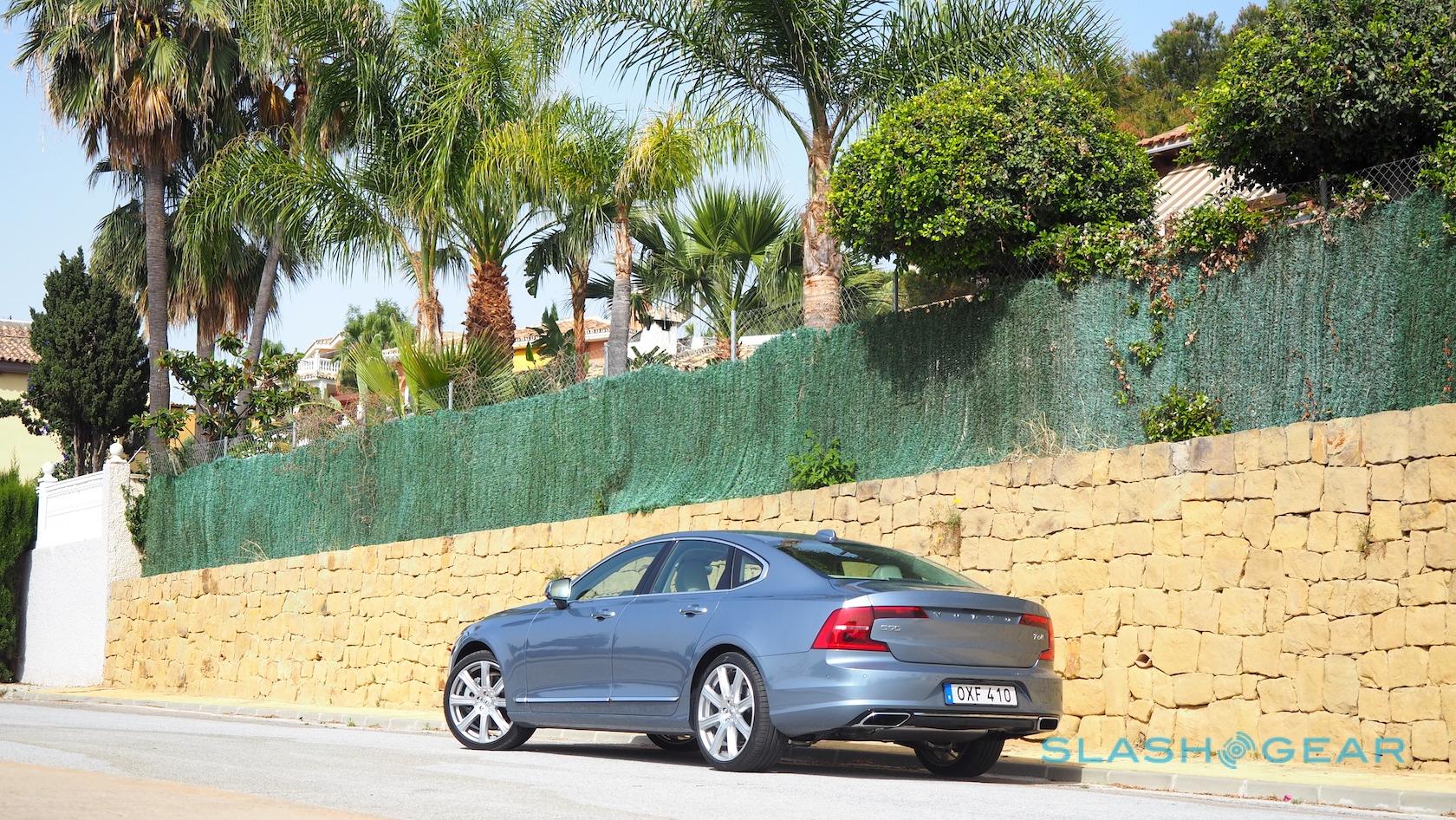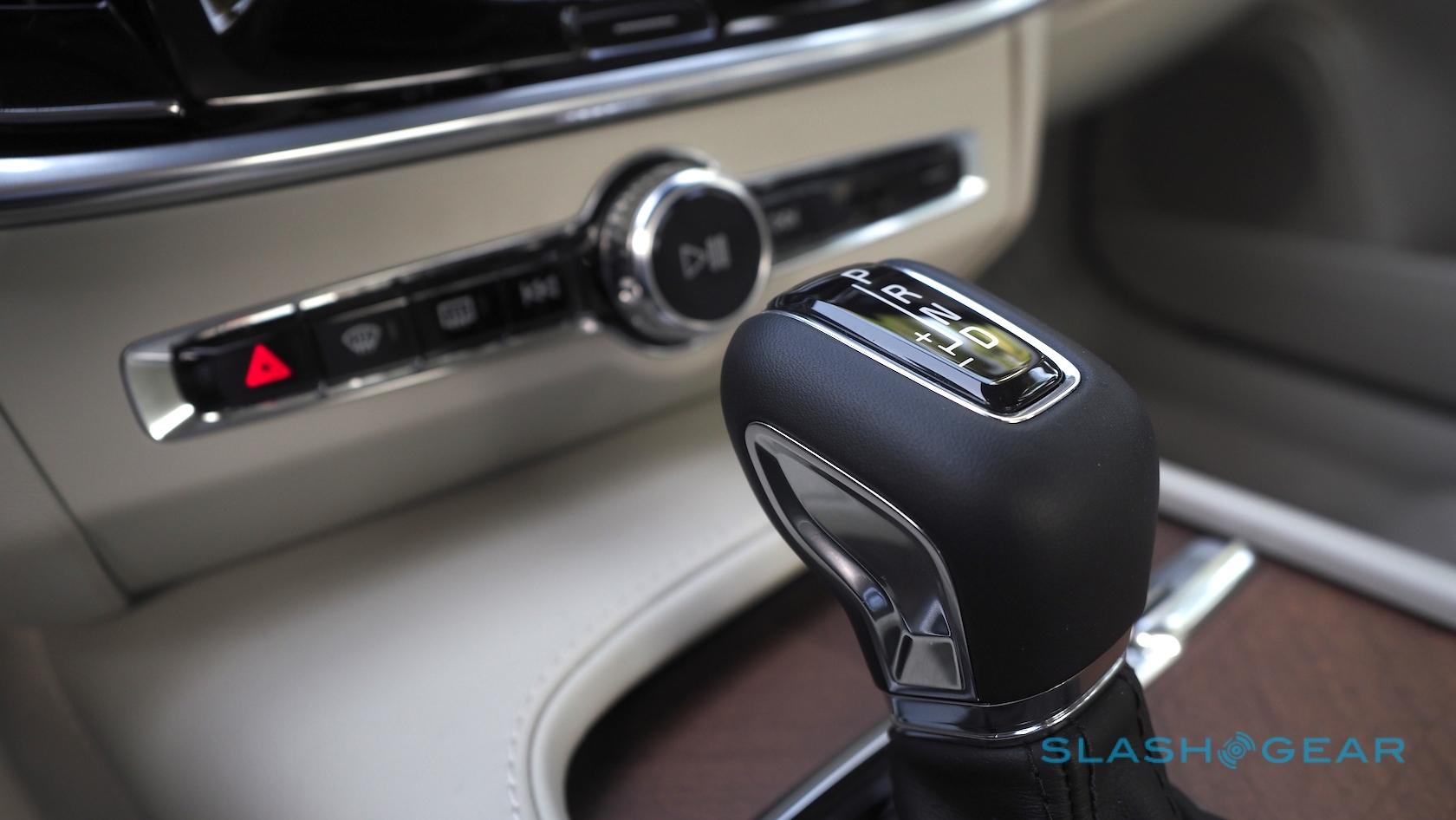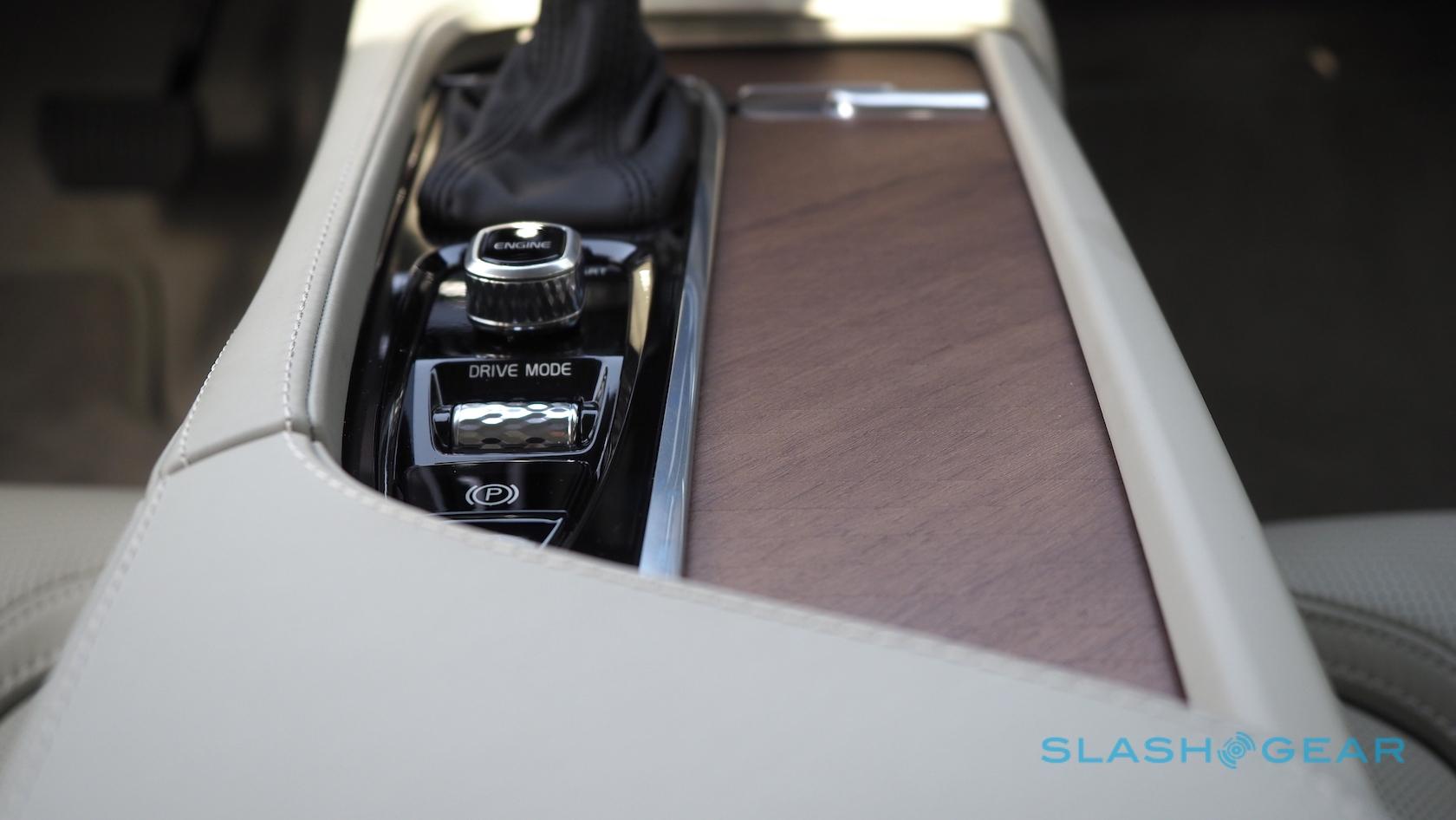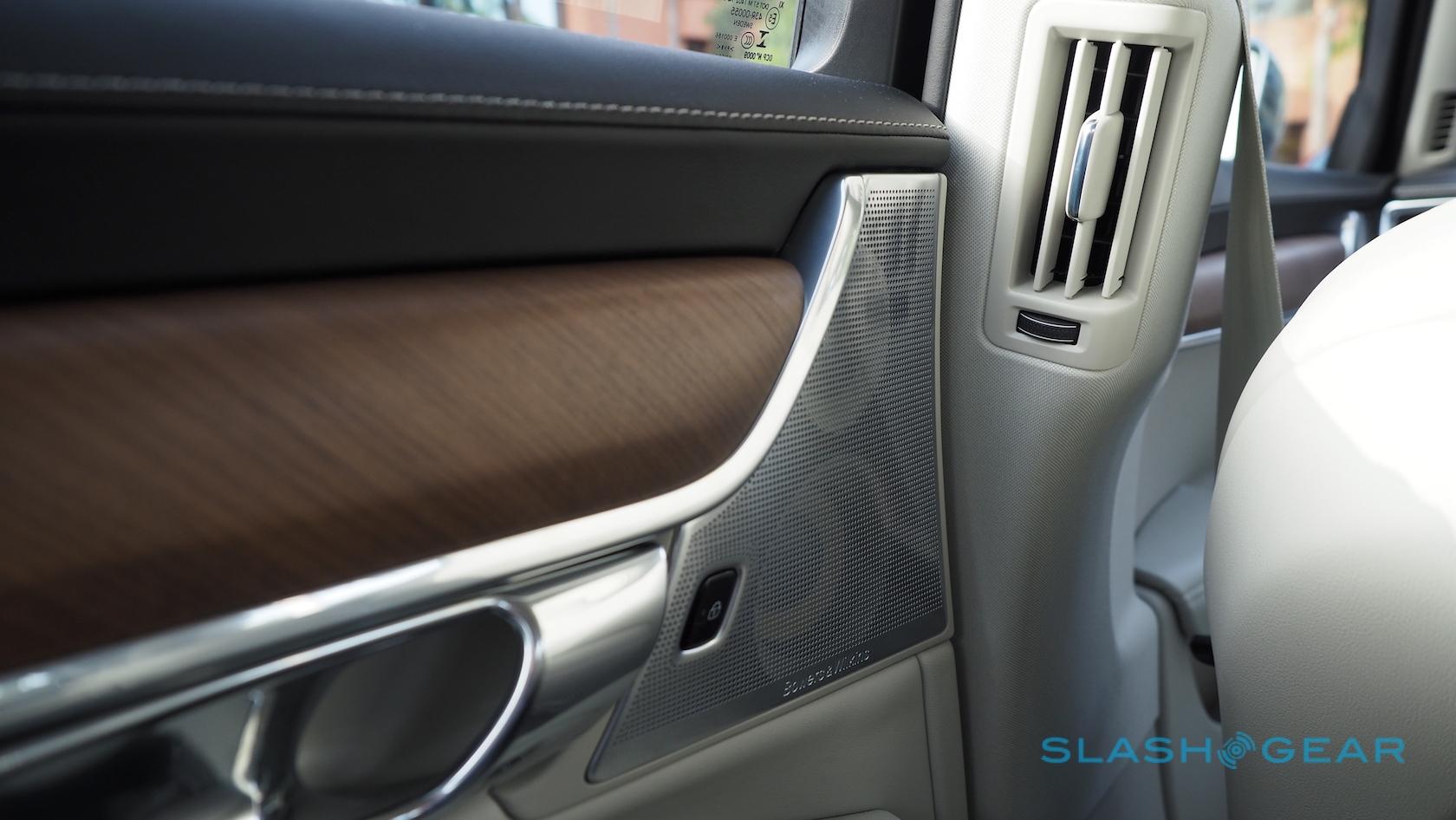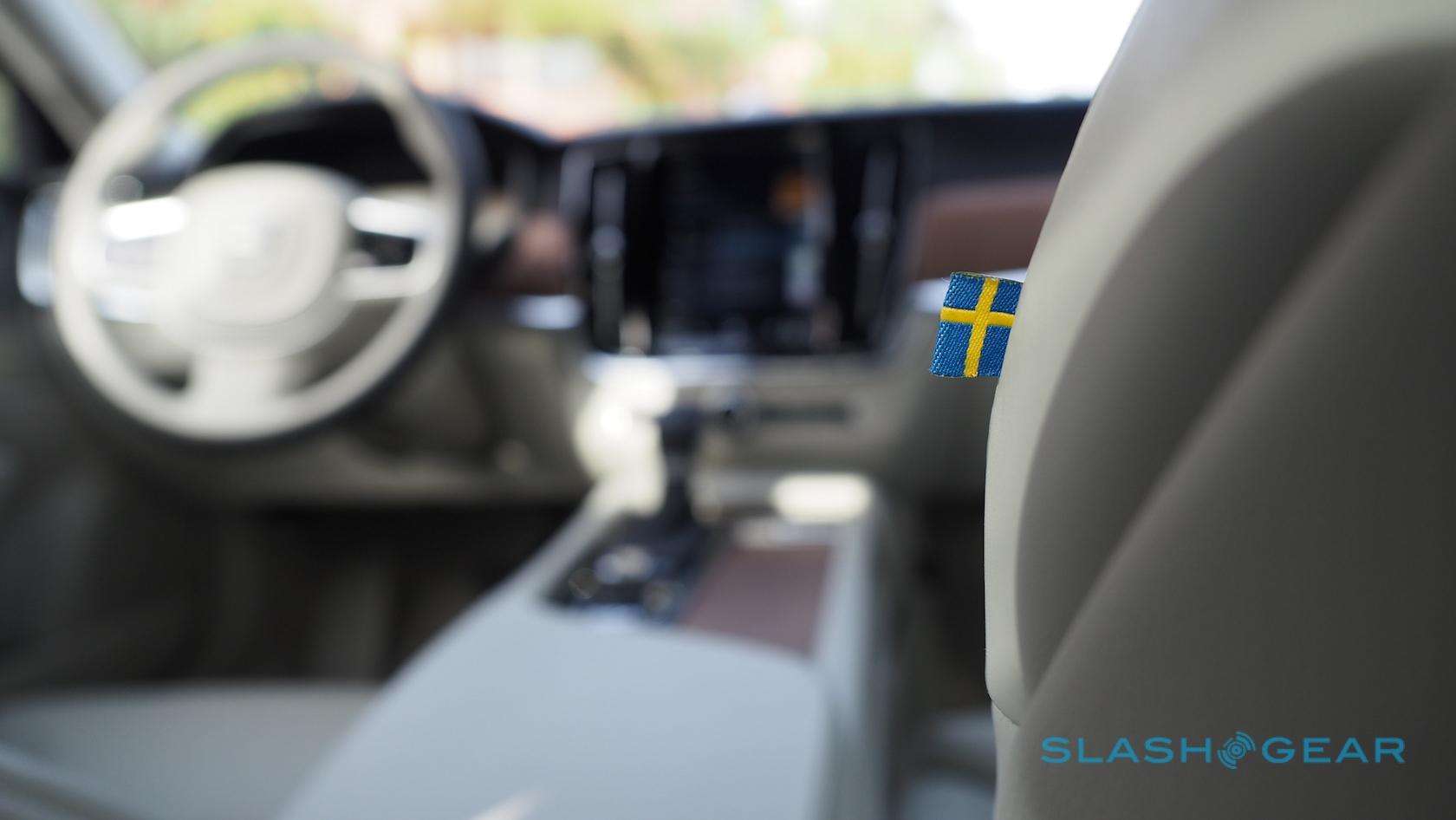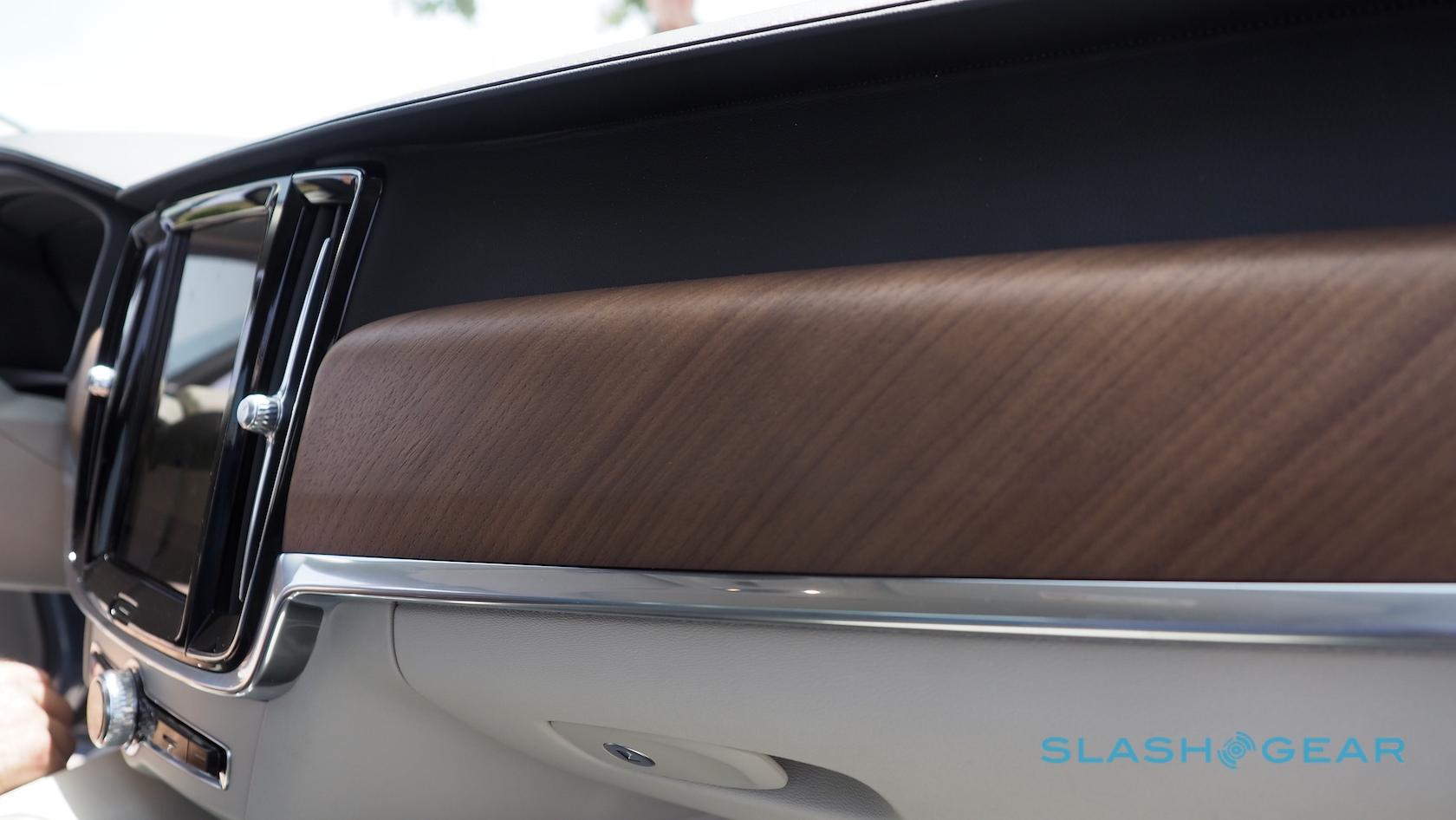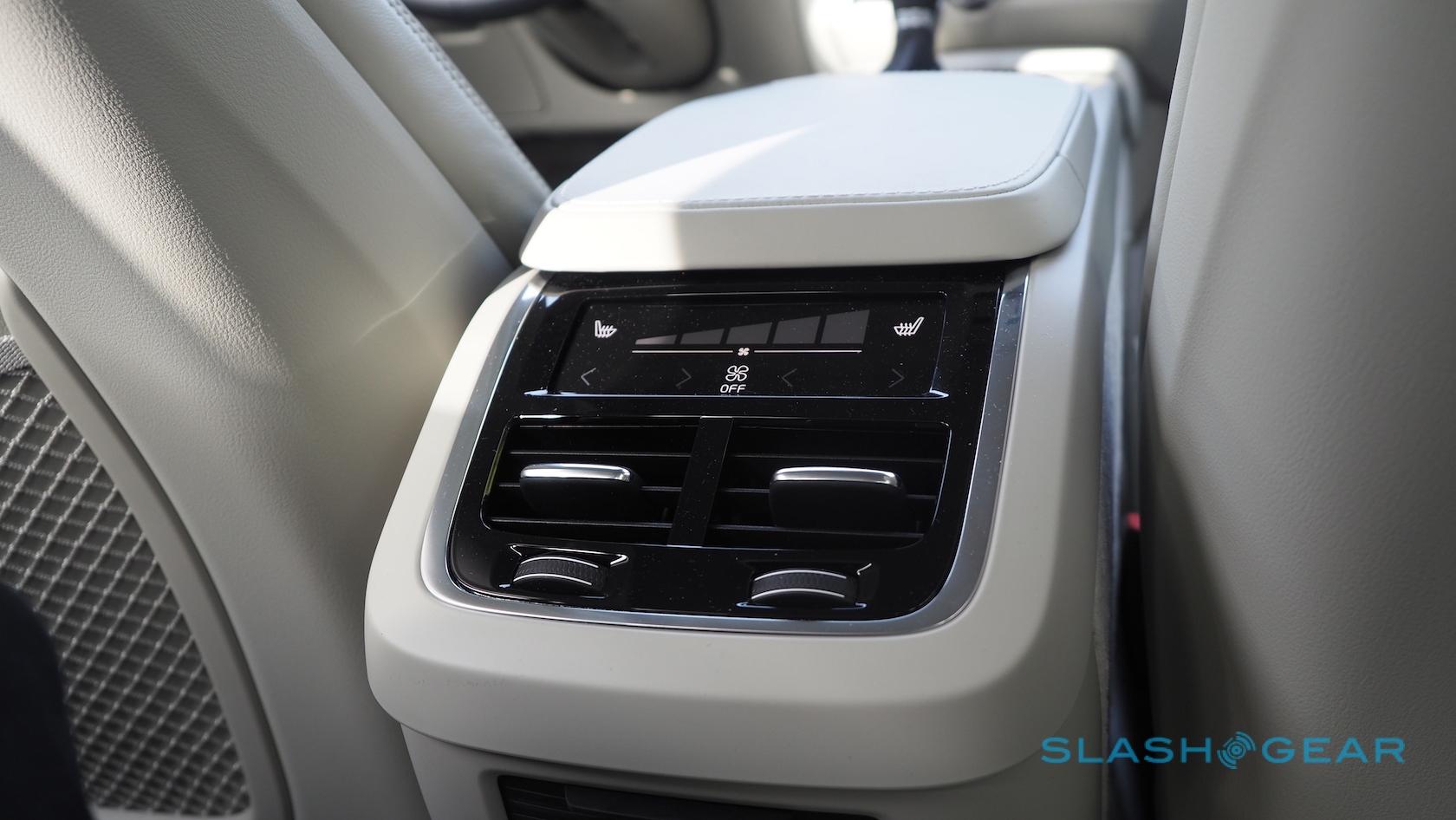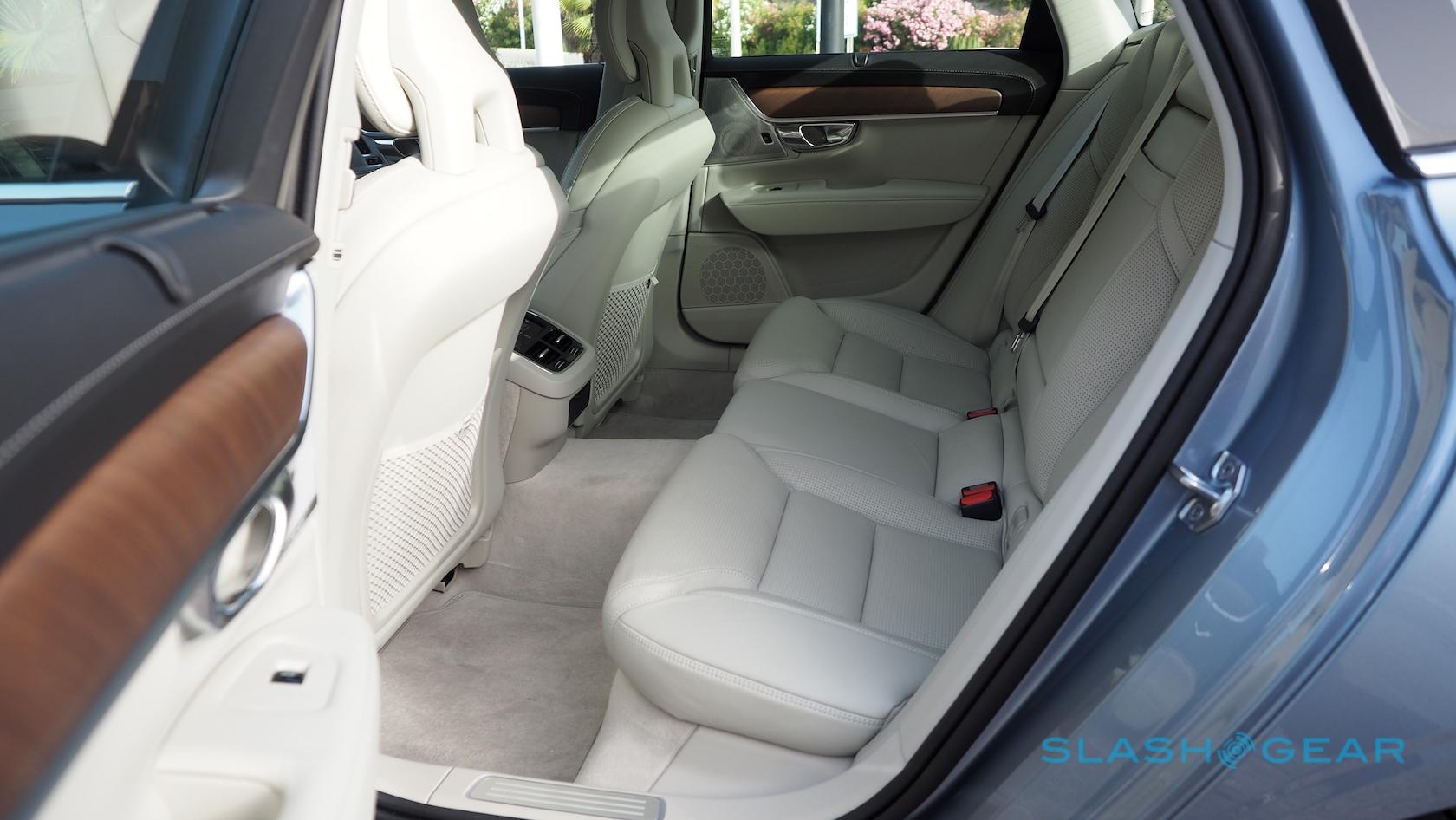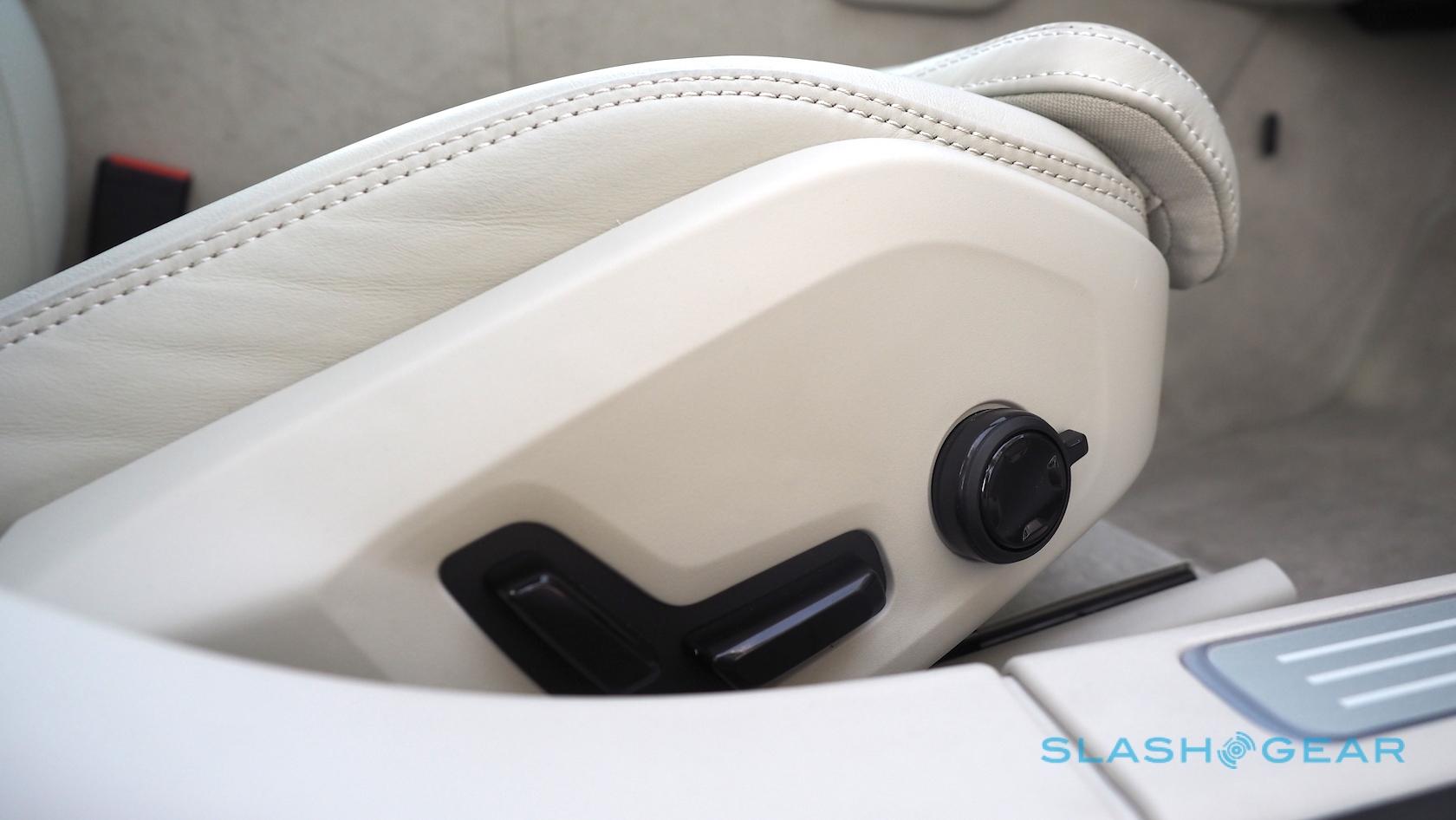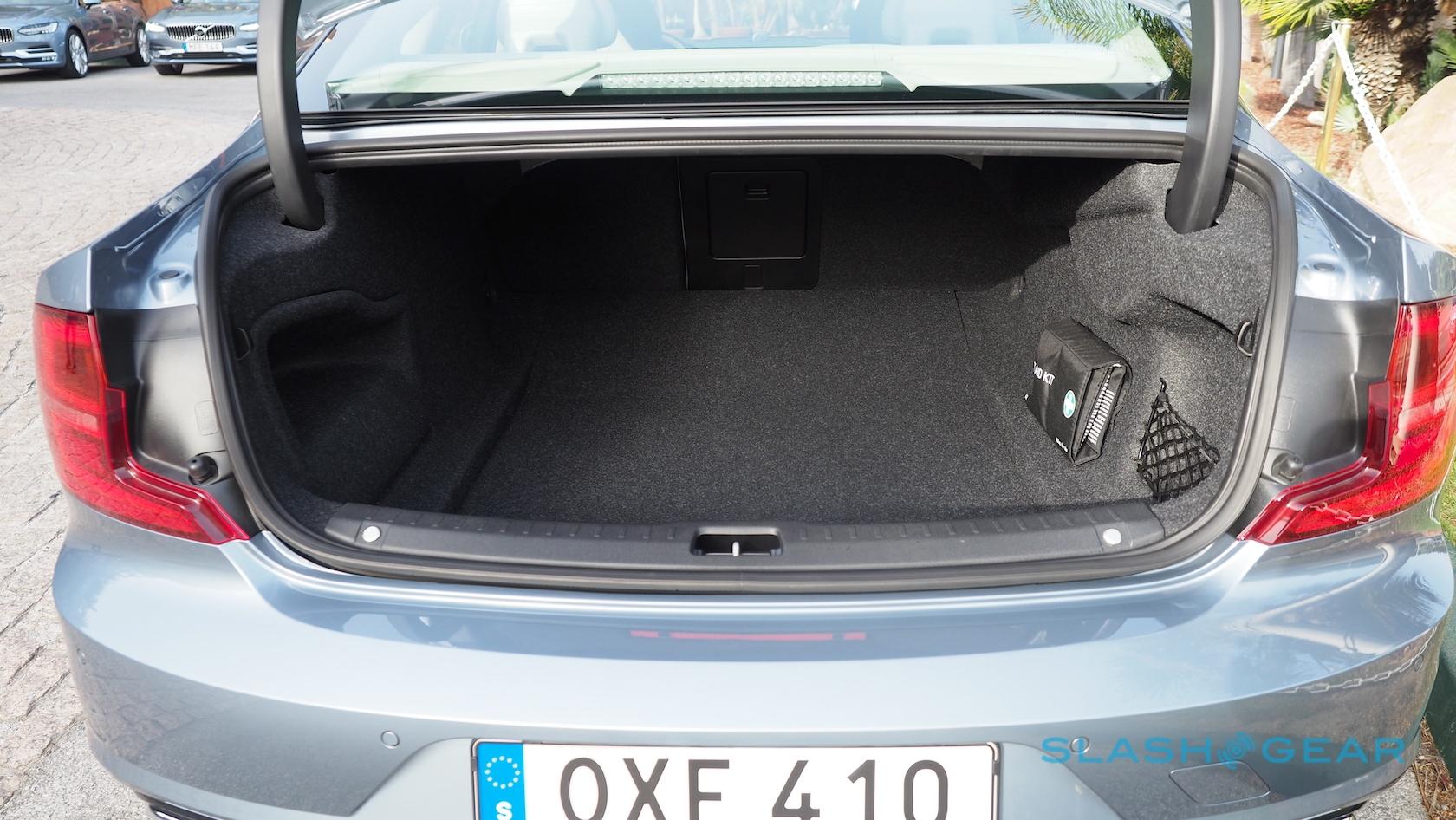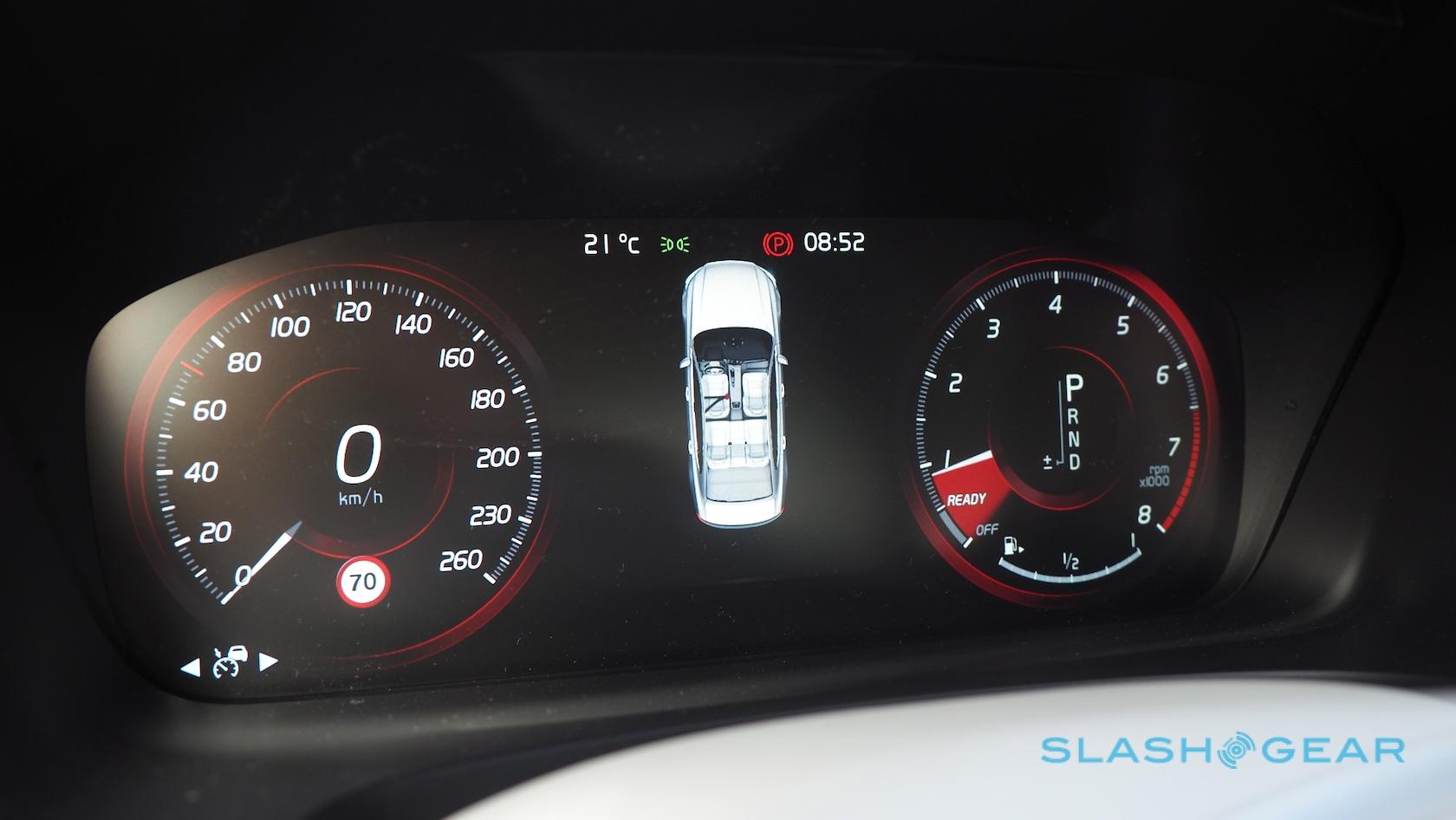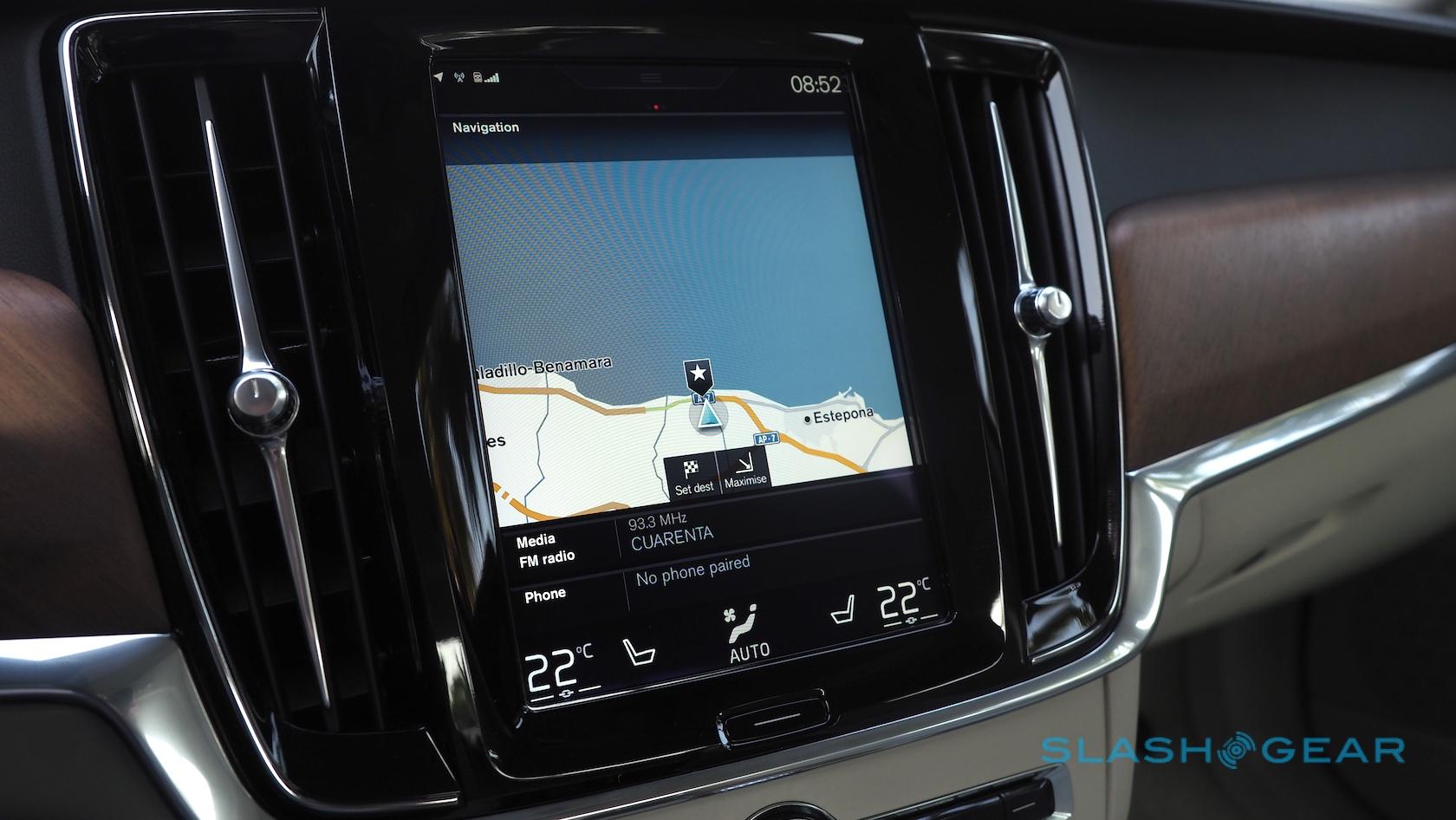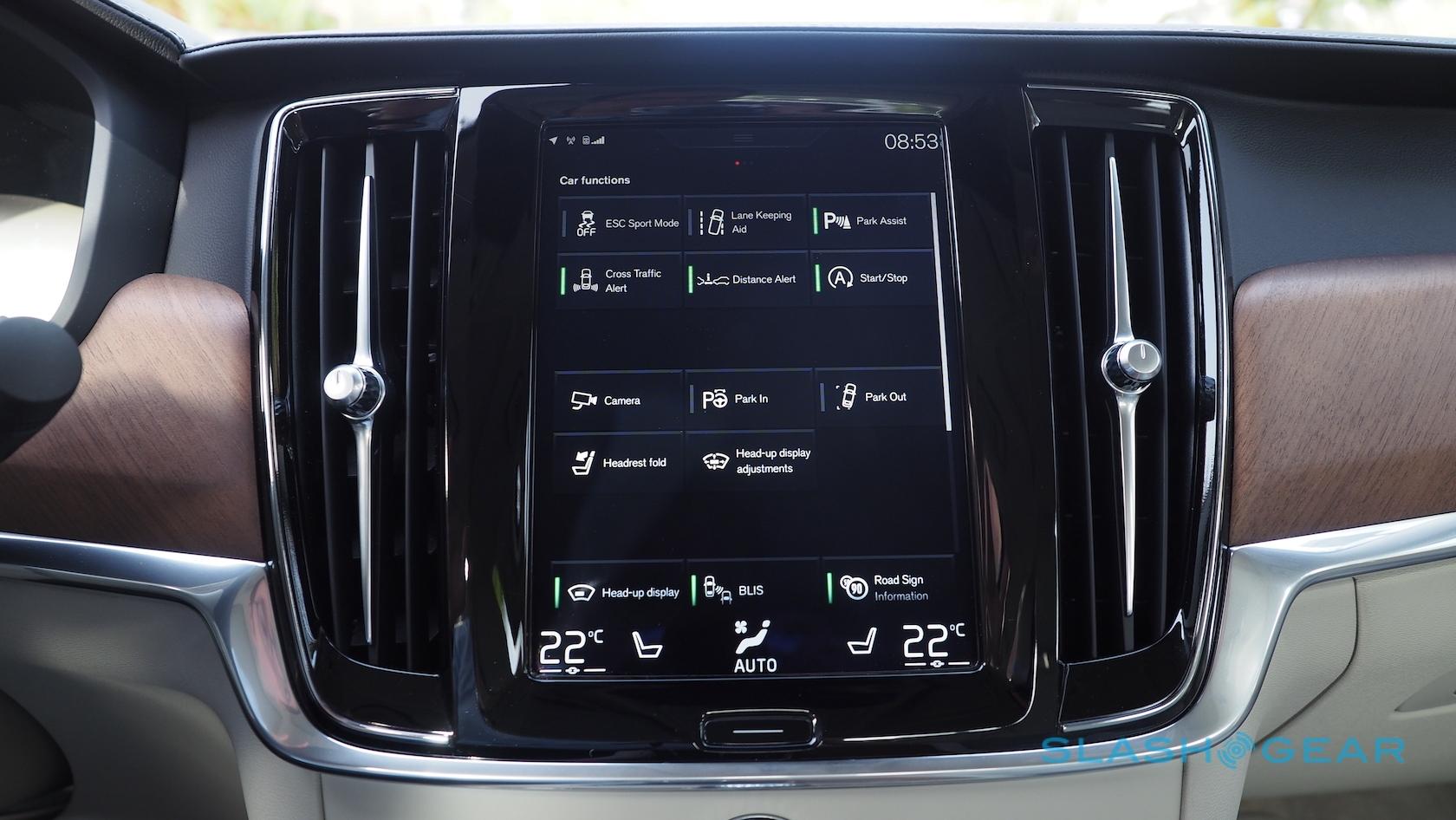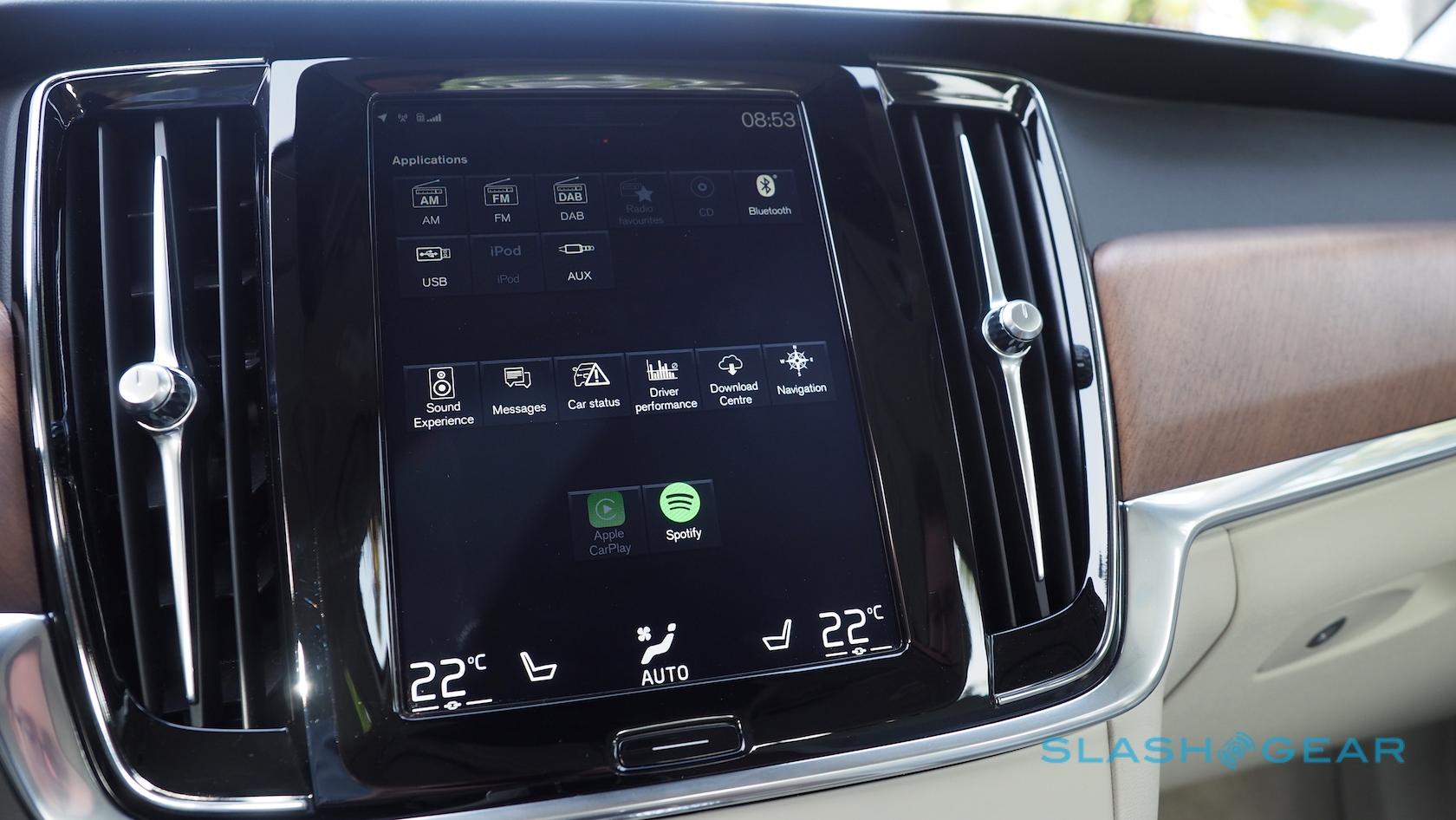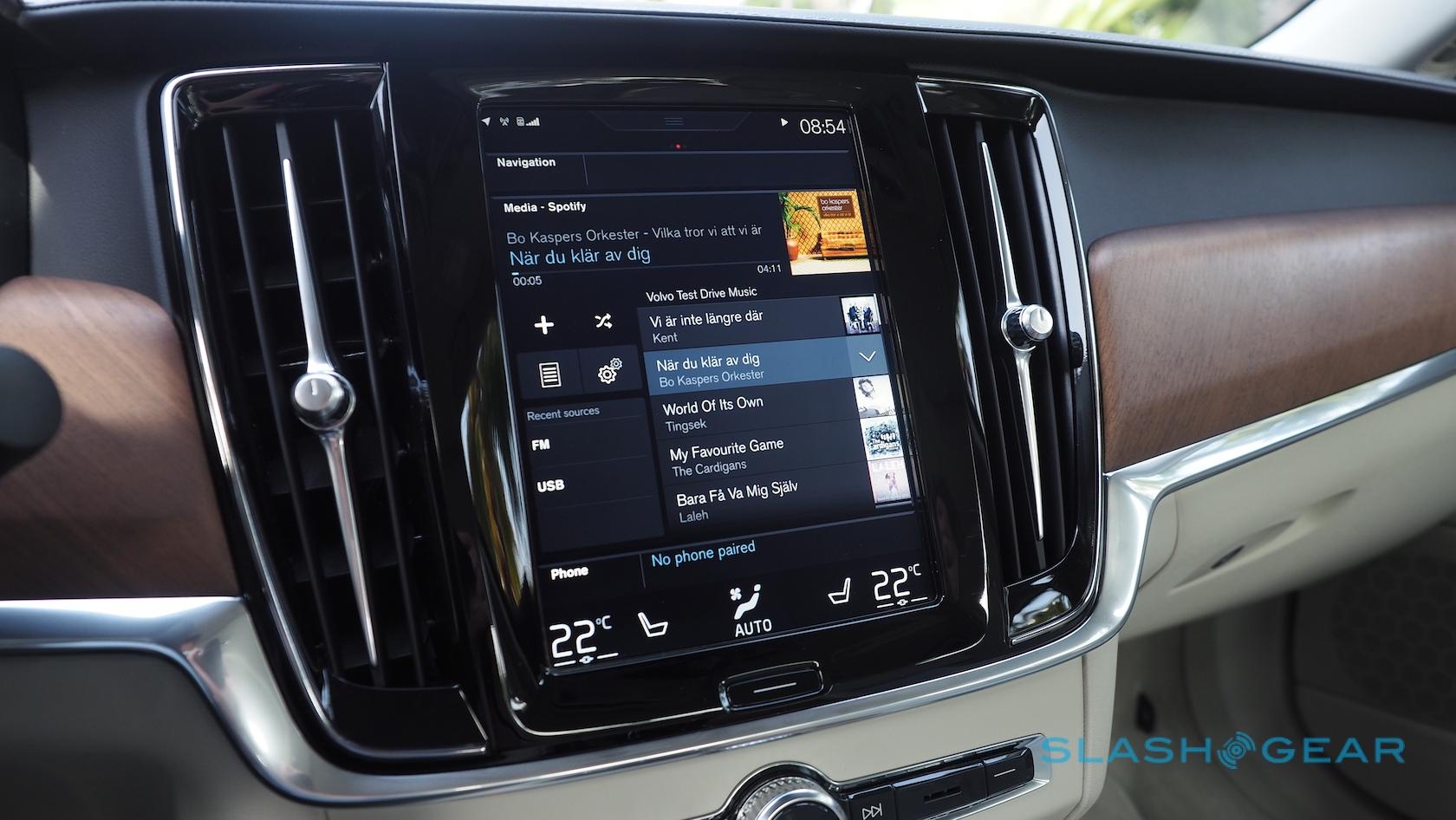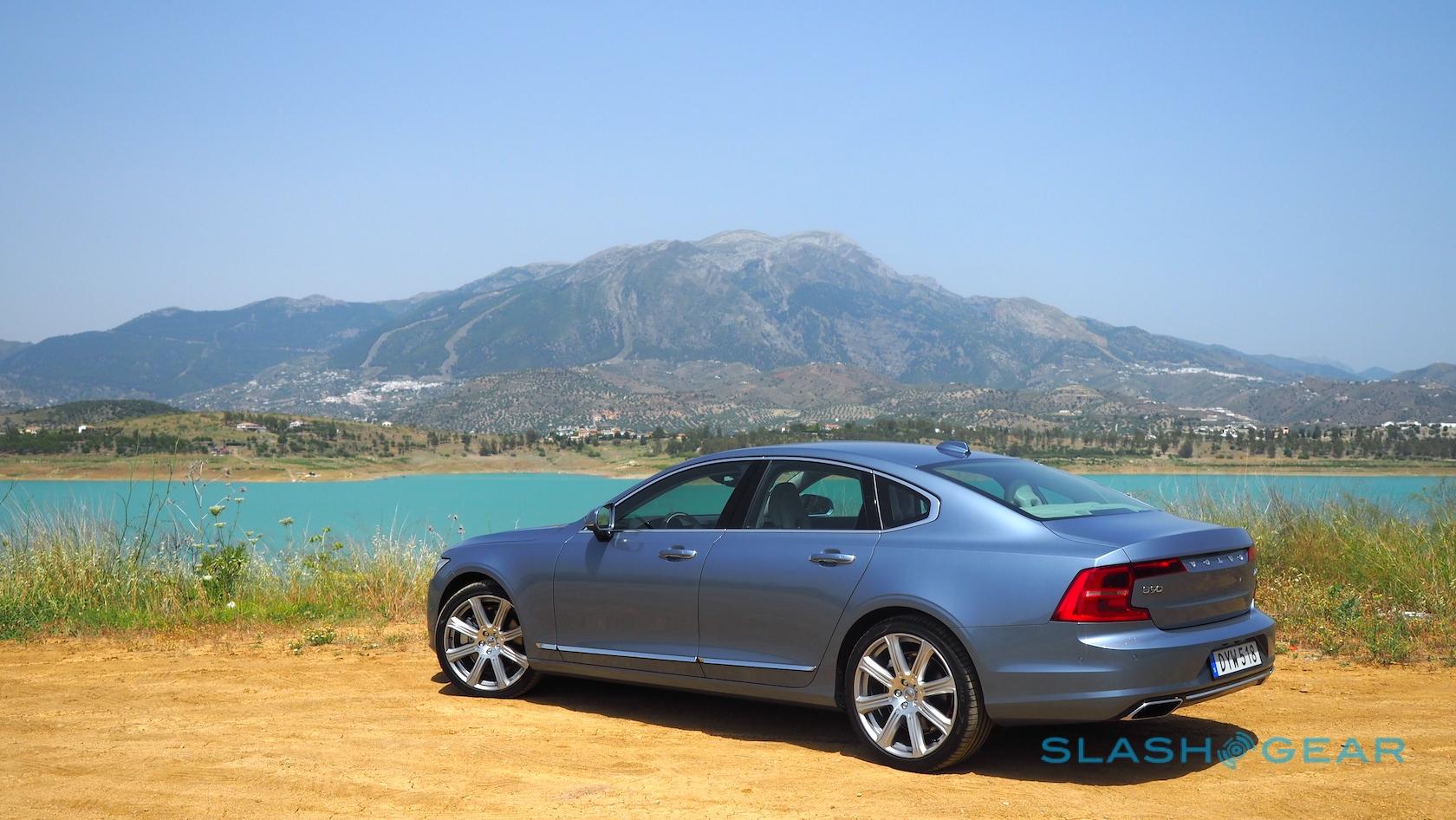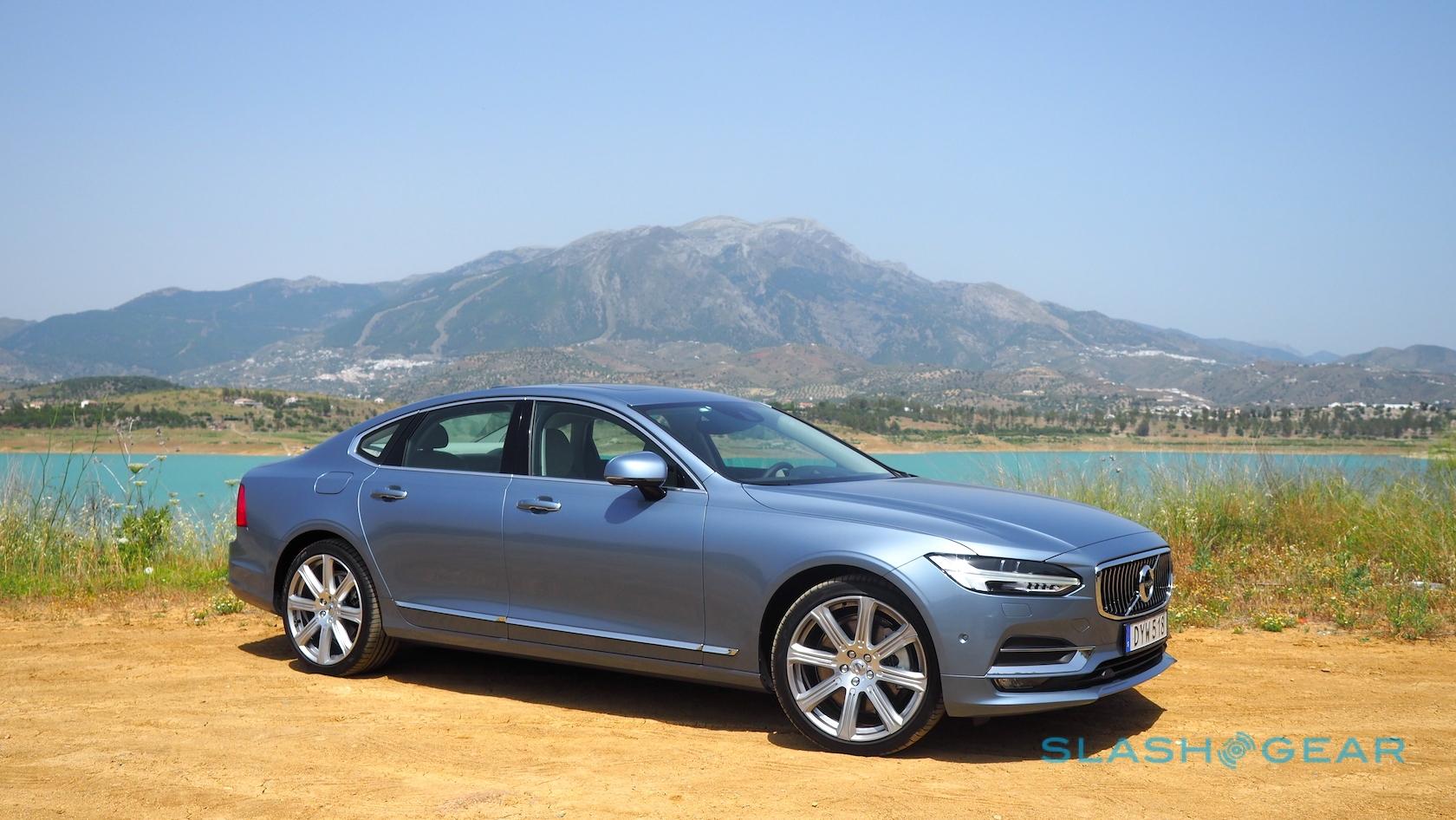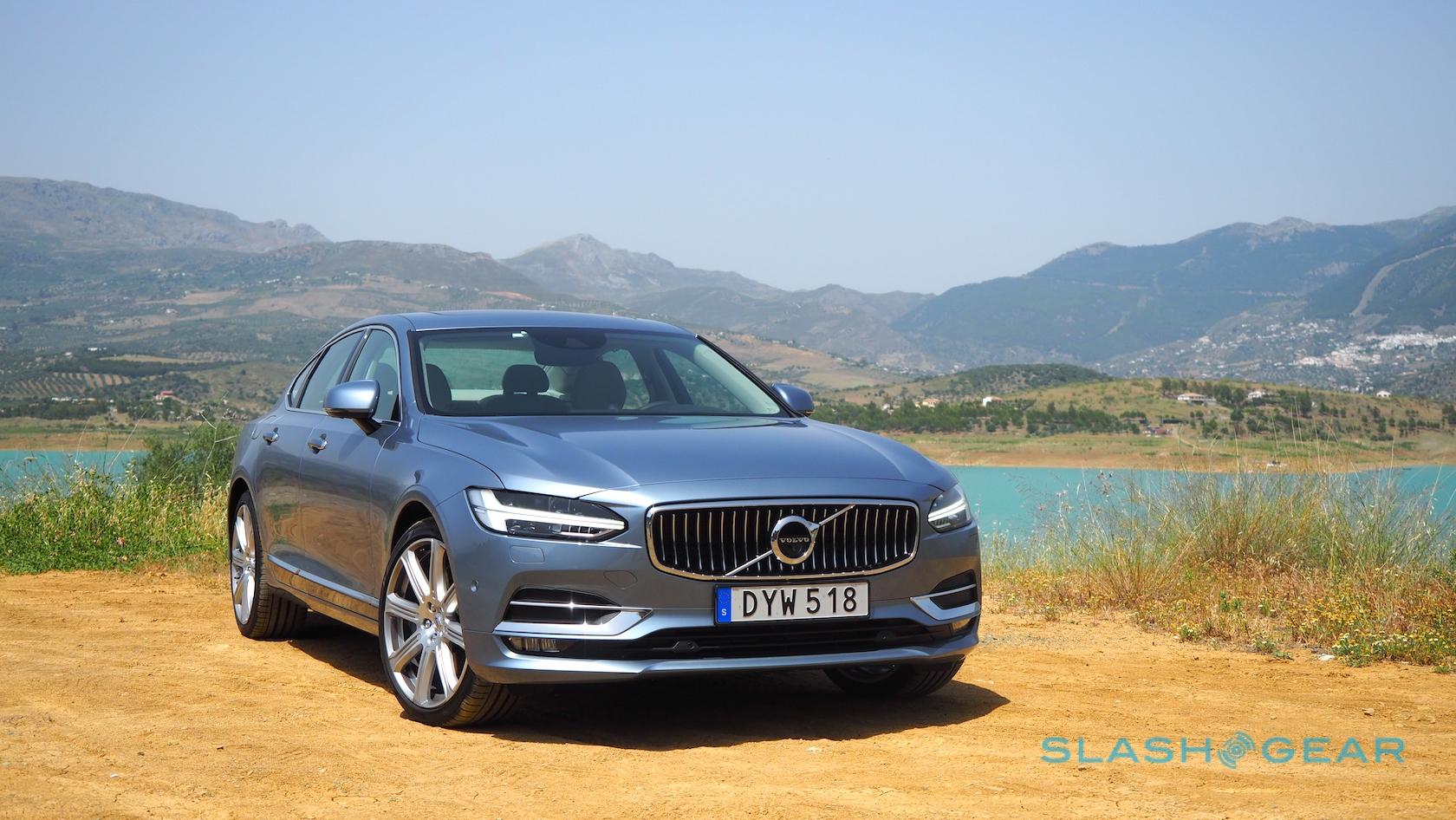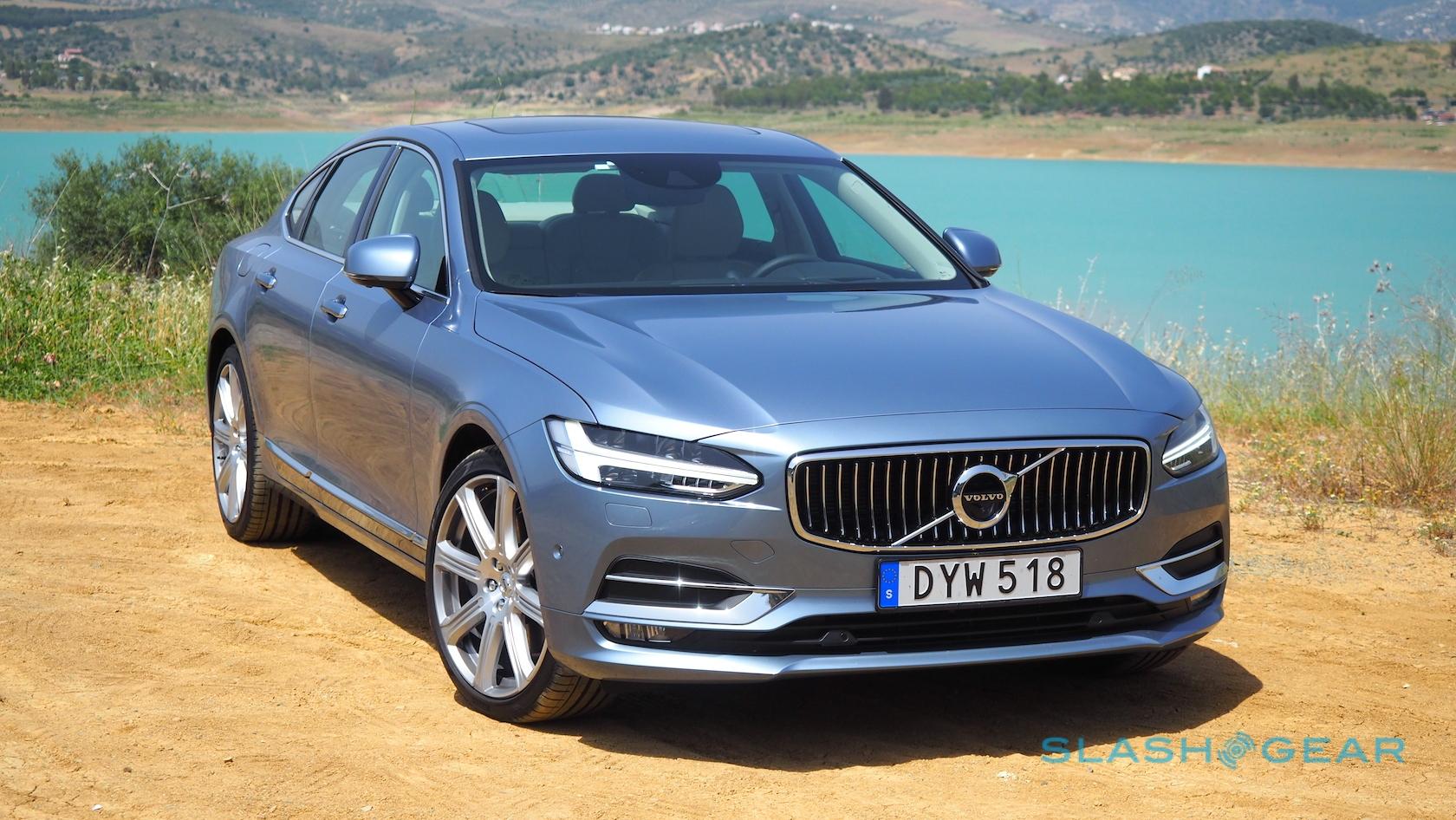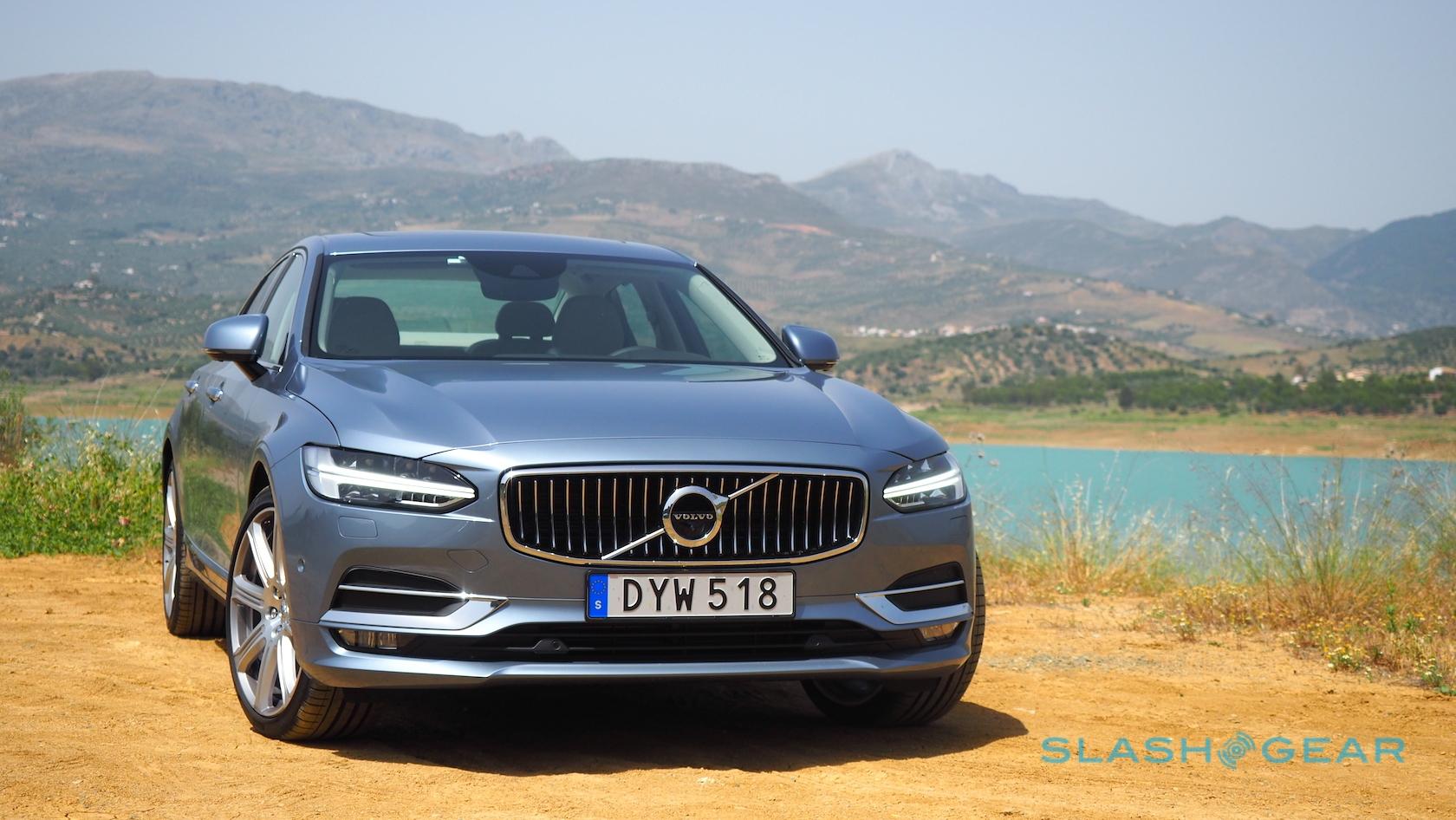2017 Volvo S90 First-Drive - Sweden Declares War
Volvo may be too laid back to call out its German rivals, but make no mistake, the 2017 S90 is a serious gauntlet thrown down in the midsize luxury segment. Determined to prove the XC90 was no fluke, and instead the first step in an aggressive full-range refresh, the 2017 Volvo S90 takes much of its SUV cousin's charm and condenses it into a form-factor better suited to take on the Mercedes-Benz E-Class and BMW 5 Series.
If you liked the XC90's style, you'll probably love what Volvo's designers have done with the S90. The two vehicles are actually based on the same underlying Scalable Product Architecture (SPA) platform which the company will also use for the V90 wagon – and, eventually, the new 60 Series – but the flexibility in that platform allows for a considerably range of designs.
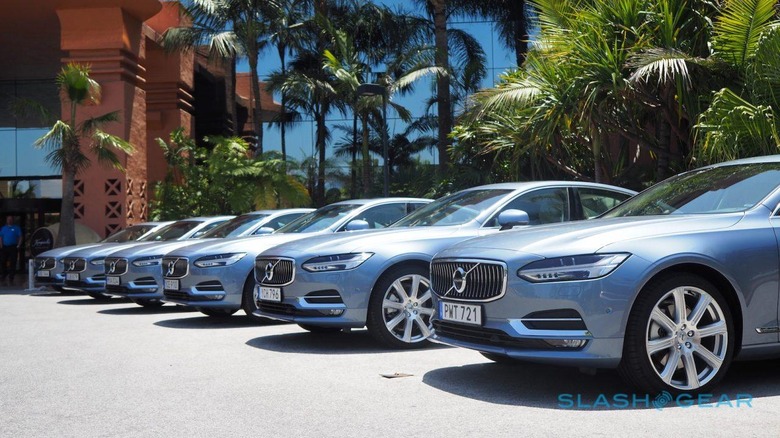
In fact, only the distance between the front axle and the dash are fixed on the SPA, allowing Volvo to give the S90 short overhangs, a long wheelbase, high shoulder line, and aesthetically-pleasing lengthened and lowered side glass. The result is a beautiful, classic silhouette, with sweeping lines and a combination of sharper edges and light-catching surfacing.
Volvo's attention to detail is superb, too. The grill, with its concave strakes, is inspired by the classic P1800 coupe, paired with the distinctive – and technically complex – Thor's Hammer LED lights. Together, they make for a fascia that's both suitably imposing for a luxury car but without some of the outright aggression others in the segment chase.
If I'm honest, I'm even more of a fan of the V90 wagon – which I like so much, I'll tell you about it separately – but that requires patience since Volvo isn't bringing it to the US until next year.
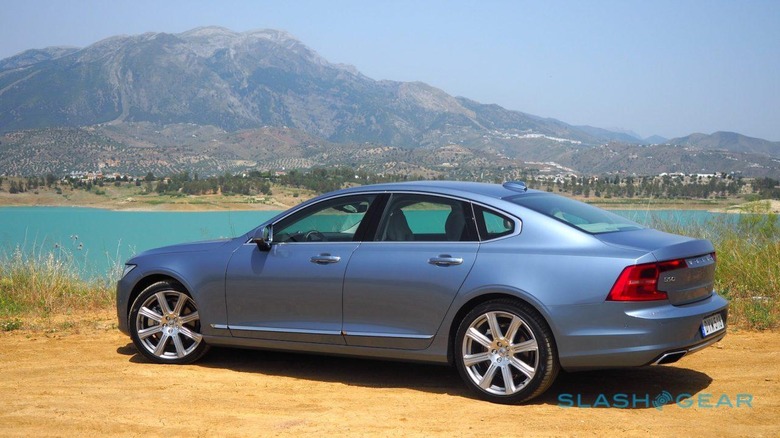
At the S90's launch, the US will have two powertrain options. The cheapest S90 will be the T5, pushing 250 HP and 258 lb-ft. of torque to the front wheels from its turbocharged four-cylinder engine; Volvo says it'll do 0-60 mph in 6.5 seconds, and top out at a limited 130 mph.
Volvo didn't have the T5 on hand for me to test, however, only the T6. That musters 316 HP and 295 lb-ft. of torque, courtesy of both a turbo and a supercharger, and has all-wheel drive, cutting the 0-60 run to 5.7 seconds though keeping the limited top speed.
Sometime in 2017 there'll be a T8 Plug-In Hybrid, specifications for which haven't been finalized, but which will follow the same approach as the XC90 T8. I'd expect that to offer around 400 HP as well as a conservative all-electric range.
Volvo predicts a 50/50 split of T5/T6 buyers, though those who cough up the roughly $6k premium for the latter engine will get their cars a little earlier, too. The first T6 deliveries will take place in July, with the T5 following on in September.
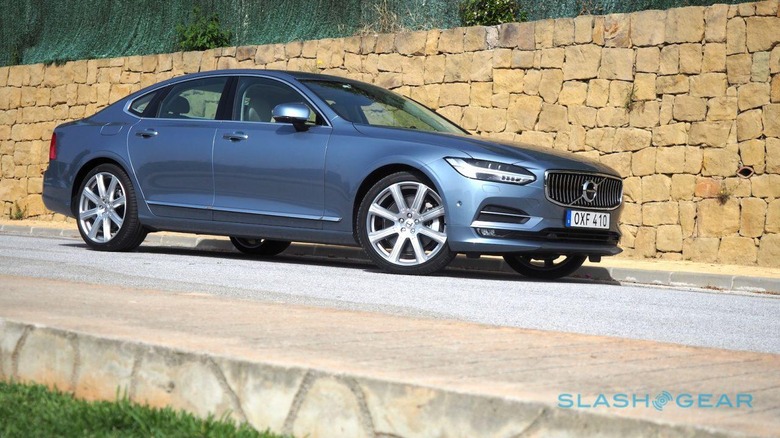
Even without driving the S90 T5, I'm tempted to put in an early vote and say that the T6 version is the car to go for. The combination of turbo and supercharging the engine belies its – on paper – shortcomings in capacity and cylinders, and there's enough torque to avoid the eight-speed automatic having to do more than slur up and down a couple of gears at most, despite the aggressiveness of your right foot.
Volvo offers two drive modes, Comfort and Dynamic, which adjust steering, transmission, and other factors. It also adjusts the feel from the optional air suspension, which replaces the standard traverse leaf-spring with rear integral link at the back of the car; either way, you get double-wishbone suspension at the front.
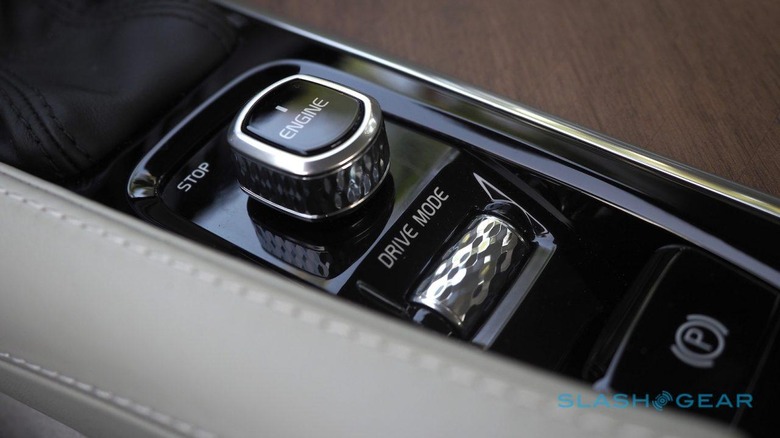
Admittedly I was driving a pre-production car, but neither mode seemed 100-percent to my tastes. In Comfort it rides well, as you'd expect, the S90 swallowing potholes and pitted roads, but the steering is highly over-assisted and the accelerator lacks a little urgency. Switch to Dynamic, however, and the throttle response is much perkier, the car surging forward with a pleasing eagerness, but the ride is a little firmer and the steering is both heavy and lacks feedback from the road.
Happily, there's an Individual mode in which you can cherry-pick your favorite settings for each criteria. Finally, there's an Eco mode which prioritizes fuel economy, though Volvo is yet to reveal its gas numbers.
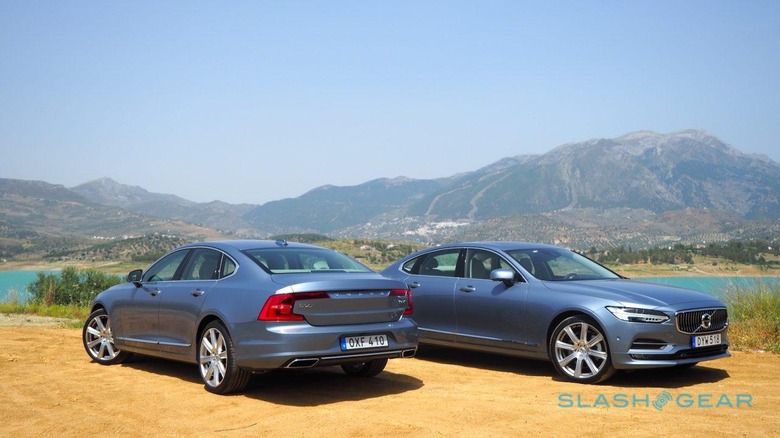
With the right mix of settings, there's a whole lot to like about the S90 – both behind the wheel and as a passenger. It's smooth and poised, and the T6's peak torque arrives from just 2,200 rpm so overtaking was never an issue. Engine noise – massaged electronically, as is so often the case in modern cars – gets noticeably harsh as you approach the redline, but I'm pleased that you at least get the option to rev that high before you hit an upshift.
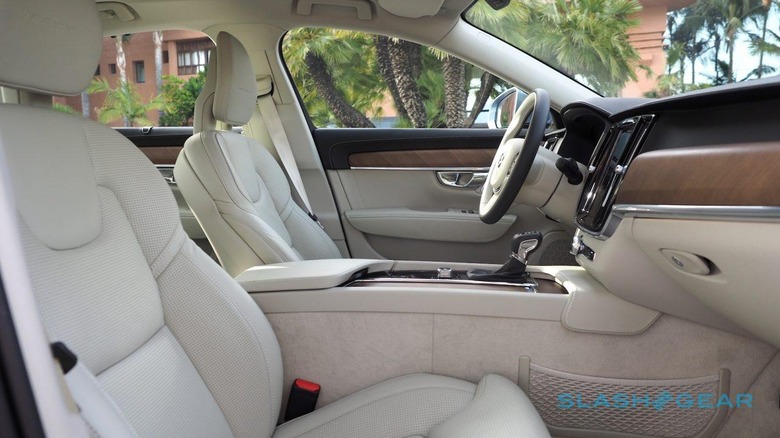
The interior is heavily inspired by the XC90, no bad thing since it's one of the cleanest designs out there right now. For the S90, Volvo has made the whole thing more sculptural, centered around the SENSUS Touch display in the middle of the dashboard. A long, architectural metal band runs across it, bowed to accommodate the touchscreen, and then curving up at either end around the vents.
Inset are wood sections – either with a high-gloss finish or, looking far better, matte open-pore – while there's hand-stitched leather both atop the dashboard and, in certain trims, on the doors too. You can have it in dark colors, but it truly pops when you go for cream leather.
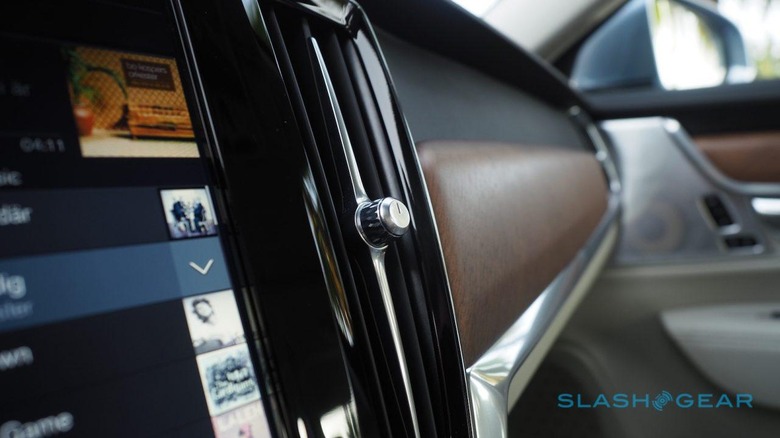
Volvo is particularly proud of the new air vent designs, with simple "air blade" strakes reminiscent of the front grill and a knurled knob that borrows the diamond cutting process used in Swedish crystal manufacture. They look and work great; it's just a shame that only those in the front get to enjoy them, as the rear vents use the traditional thumb-wheels.
Still, legroom and headroom in the back are ample, and Volvo's leather is a step above most rivals in quality. The seats don't lack in adjustment up-front, including optional massage, though while comfortable they do seem to prefer keeping you sitting upright, perhaps a side-effect of the various inbuilt safety features Volvo includes.
In front of the driver is a large LCD – 12.3-inches on the higher-spec cars – which takes a leaf from Audi's Virtual Cockpit. Digital dials for speed and engine speed flank a navigation section in the middle; you can also have the S90 fitted with a color head-up display. Volvo may not be the first to use such a display, but it does have some nice features, like the speed limit reminders that not only show you the current limit, but nest behind that an early notification to an upcoming change on the road ahead.
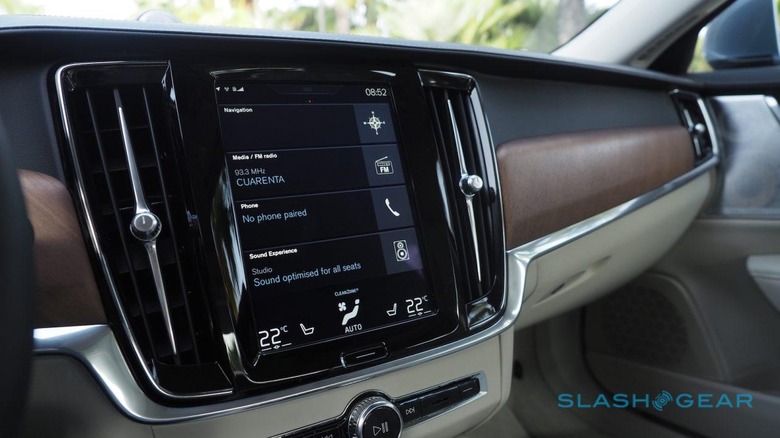
SENSUS Touch is one of the more capable infotainment systems on the market, a 9.5-inch touchscreen that handles the vast majority of the car's features while leaving Volvo plenty of room for upgrades down the line.
Its infrared touch system – the Swedes eschewed capacitive touch, since the results can be mixed if you're wearing gloves – feels more responsive than the first-generation system on the 2016 XC90, but the four-pane interface is the same. The home screen has tiles for navigation, phone, media, and apps, and they can be opened partially or maximized to take up the whole display; HVAC controls are shown permanently along the bottom of the screen.
Underneath there are physical controls for volume, the heated windshield and rear glass, and hazard lights. The remote-release for the glove compartment you get on the XC90 has been ditched for a more traditional handle, though, since Volvo says you can reach across from the driver's side in the sedan.
Swipe to the left and you get the applications list, where you'll find the Spotify app as well as Yelp and Pandora. These can use the S90's baked-in modem – you'll need a Spotify premium account, but it doesn't require your phone be connected – now supporting 4G LTE rather than the 3G the XC90 launched with. It's also where CarPlay launches from, Apple's iPhone interface still sharing half the screen with Volvo's UI. Eventually, the company tells me, Android Auto will be added too – including retroactively as an upgrade for existing XC90 owners – but there's no timescale for its arrival.
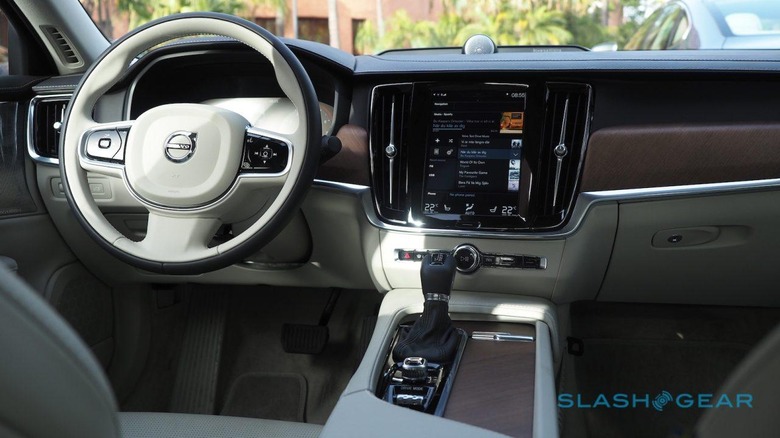
Swiping right, meanwhile, reveals controls for the various active safety features. That includes everything from the XC90, like warnings if you're drifting out of the lane, but also three new systems.
Large Animal Detection with auto-brake – aka the S90's "moose detector" – does just what it claims to, spotting moose, deer, and anything else large and four-legged in the road before you crash into it. As well as audio and visual warnings, it'll automatically slam on the brakes, with Volvo saying it can shed about 9 mph from your current speed.
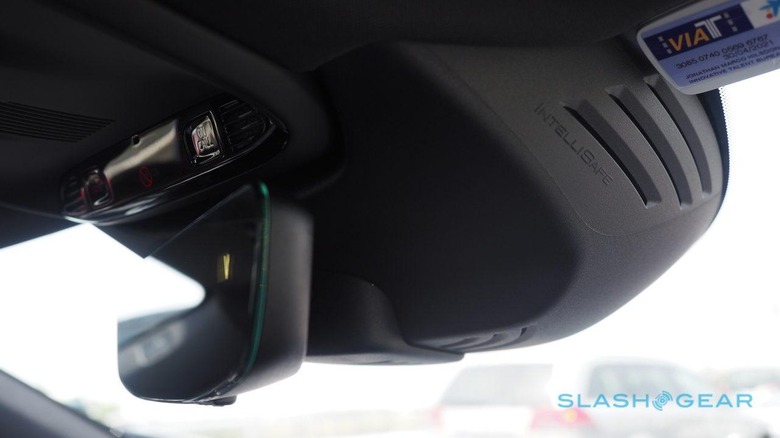
It might sound silly, but with over 1.2m deer strikes per year in the US alone – leading to more than 200 deaths annually, and over $1bn in property damage – it's a potentially big issue. The cameras are effectively looking out for animals big enough to come over the hood and in through the windshield, which is when there's the biggest chance for a loss of life. I didn't have the chance to try it out, thankfully; Volvo didn't bring along the 770 pound rubber moose in uses to test its cars in Sweden.
Also new is Road Edge Mitigation, which uses cameras to track both the markings delineating the edge of the road, and – if they're faded or absent altogether – contrast detection between the road surface and the area beyond. The S90 then steers automatically away from the "virtual boundary" it creates if you drift or swerve close.
It's Pilot Assist that Volvo is most proud of, though, a standard feature on the S90 and now upgraded to version two versus what was launched on the XC90. In the SUV, Pilot Assist could automatically accelerate, brake, and steer around corners at city speeds; in the S90, it now works at up to 81 mph.
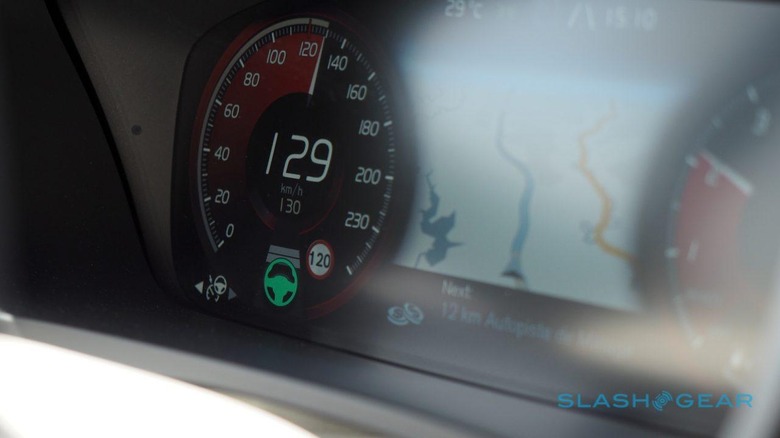
Volvo is adamant that, unlike Tesla's Autopilot, you need to keep your hands on the wheel when using Pilot Assist. It's billing the feature as a "support system" that shares control of the car, aiming to make the overall driving experience calmer but – even if the technology might be capable of it – not allowing the driver to abdicate responsibility.
Set the adaptive cruise control speed and then hit a button on the steering wheel, and a wheel icon pops up in the 12.3-inch driver information display. When that turns green, you know Pilot Assist is helping with the steering: it'll do its best to keep you in the center of the lane.
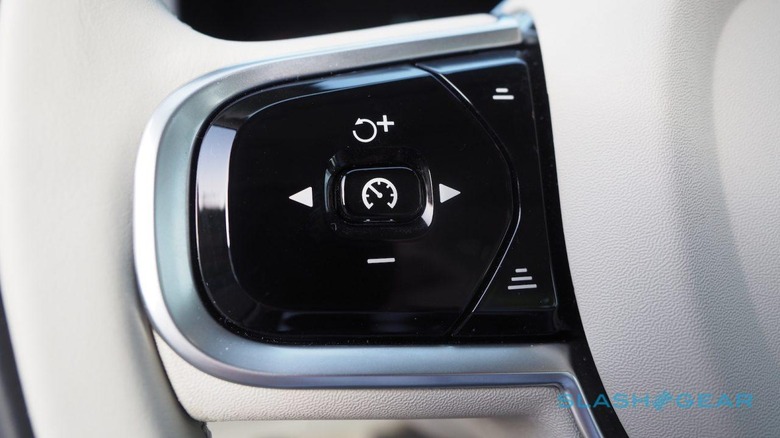
You can take your hands away for up to fifteen seconds before the S90 complains. Ignore the warning, and after thirty seconds the system disengages altogether. It's tuned for sweeping curves rather than tighter bends on agile backroads, and it's not infallible: during my testing, sometimes it would lose sight of the lane markings on the highway and fail to turn accordingly. Unlike what Mercedes and Tesla offer, you can't auto-change lanes by tapping the indicator.
I can definitely see the usefulness, particularly in heavy traffic when being able to leave the S90 to handle the minutiae would – once you'd learned to trust the system – stop some of that stop-go repetitiveness. All the same, like all of the semi-autonomous features out there today, we're a long way from being able to tune out: your attention (and, indeed, the majority of your stress) turns to whether the system is working as it should, rather than the road itself.
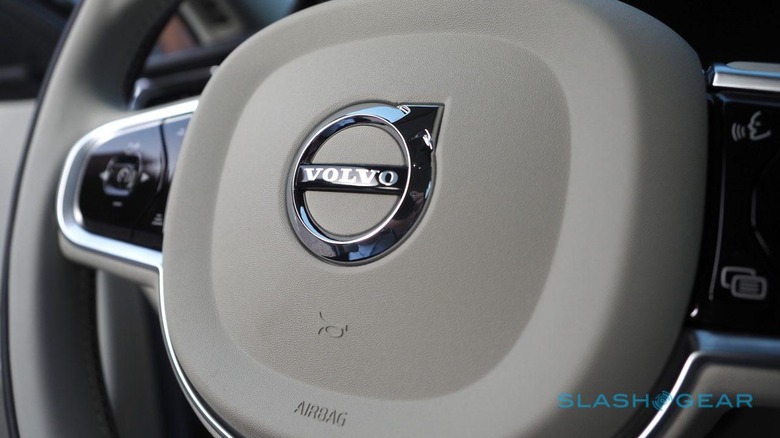
Much of the safety technology is standard, as is a high level of general kit on the entry-level S90 Momentum trim that will cost from $46,950 for the T5 and $52,950 for the T6 (plus $995 destination). The S90 Inscription – from $50,450 for the T5, and $56,250 for the T6 – adds perforated, ventilated Nappa leather with power side support, more leather and woof, a cooled glove box, CarPlay, and other niceties.
Volvo has four add-on packages, including Climate, Momentum Plus, Vision – which adds blind-spot warnings among other things – and a Convenience Package that lets the car automatically parallel or perpendicular park itself, and adds a power trunk lid. The same Bowers & Wilkins audio system – with 19 speakers and a virtual modeling of the Gothenburg Concert Hall – as in the XC90 is an option, too, and sounds no less impressive in the smaller cabin.
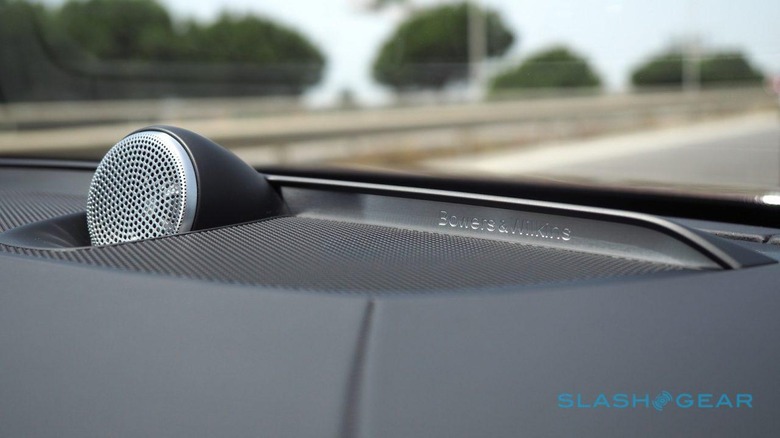
What long-time Volvo fans really want, however, is an S90 with the Polestar badge, though that's not quite on the menu. A "Polestar Performance Optimisation" package will be offered, consisting of throttle and off-throttle response tweaks, gearshift speed and precision adjustment, as well as general changes to how the engine responds, but it's not a full, "proper" Polestar in the same vein as the alluring V60 Polestar. It also means we'll have to keep waiting for that eye-catching cyan blue.
Volvo isn't short on competition in the midsize luxury segment, and is pitching the S90's main rivals as the Audi A6, Mercedes-Benz E-Class, BMW 5 Series, Lexus GS, Acura RLX, and Infiniti Q70. Honestly, there's no question that I'd pick the Volvo over any of the Japanese trio: it has more personality, more style, and the build quality and materials are noticeably higher.
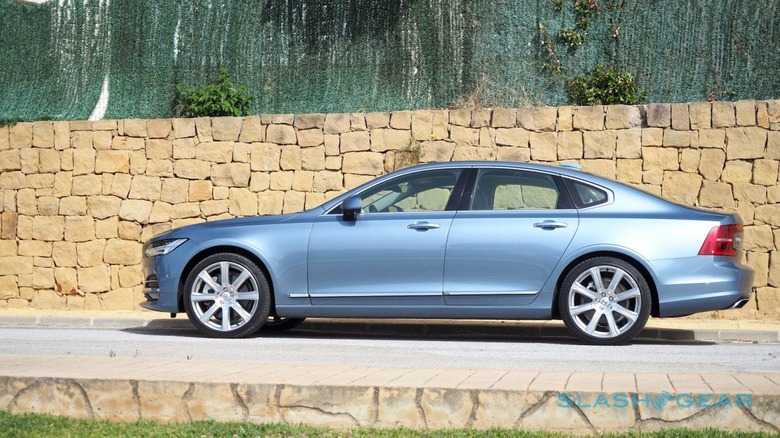
The German trio, though, are going to be tougher to beat, especially without an ego-stroking V6 or V8 option in the line-up. Volvo's target is a fairly humble 5-percent of market share in the segment, though that will be ambitious enough when you consider it's hardly playing on that field right now.
There's a quiet Swedish confidence that it'll find enough drivers wanting "a Scandinavian sanctuary," Jim Nichols, product and technology communications manager, says. The average American spends 26 minutes a day commuting – some much more than that – and "often the only alone-time most people have, is time they spend in their car."
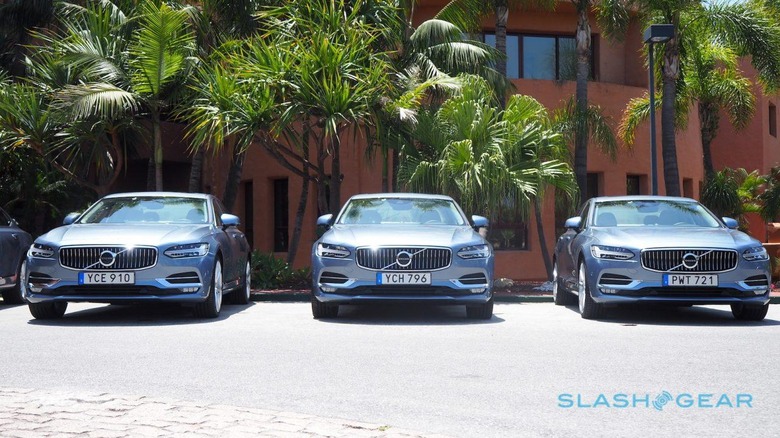
The 2017 S90 is no monstrous sports sedan, therefore, but it does offer something equally compelling to a lot of drivers. Comfortable, but without wallowing; relaxed, but not slow: the S90 cossets with the crisp, friendly conviviality you might expect to find in a Swedish spa. Combine that with excellent safety features and handsome design, and you have a car set to do for midsize luxury what the XC90 did for luxury SUVs before it.

